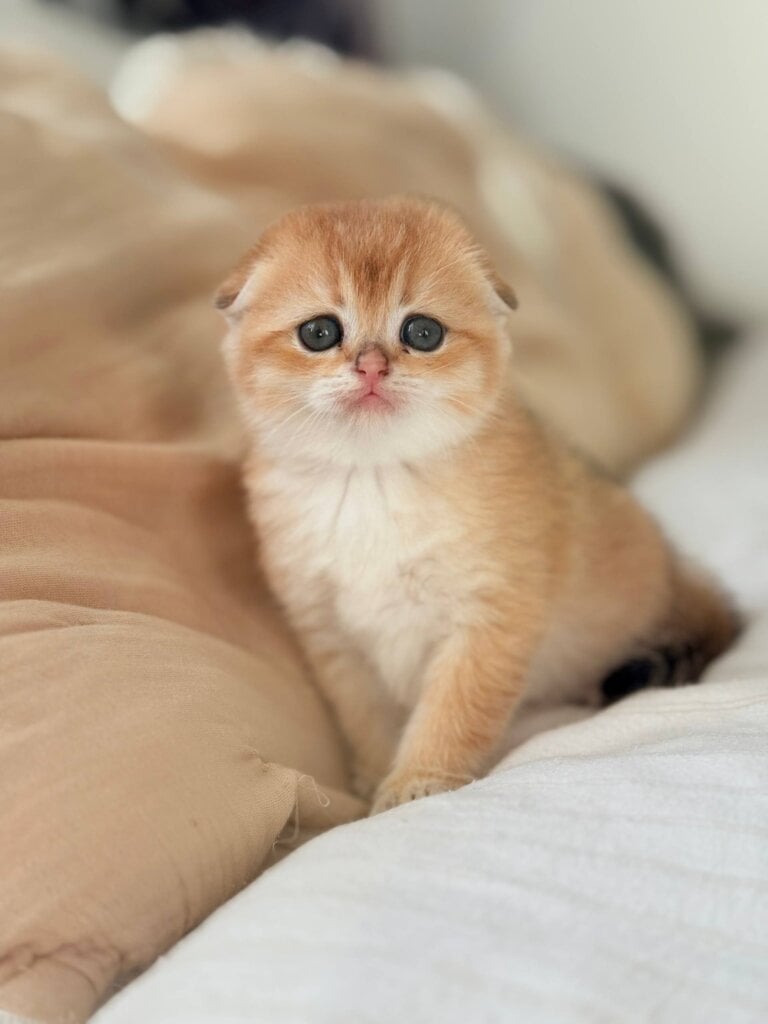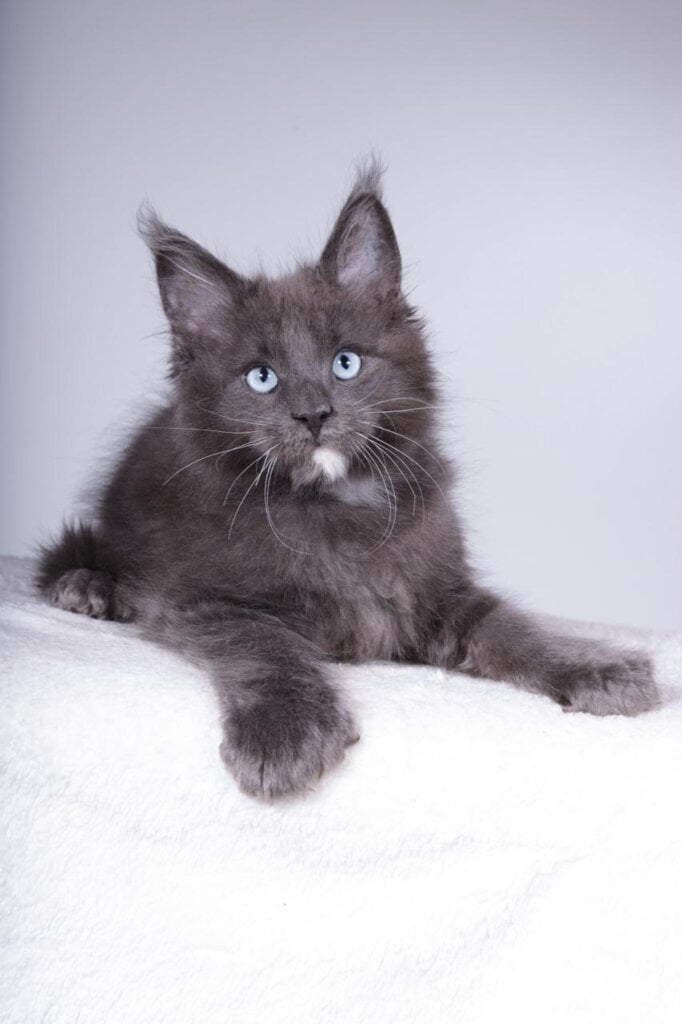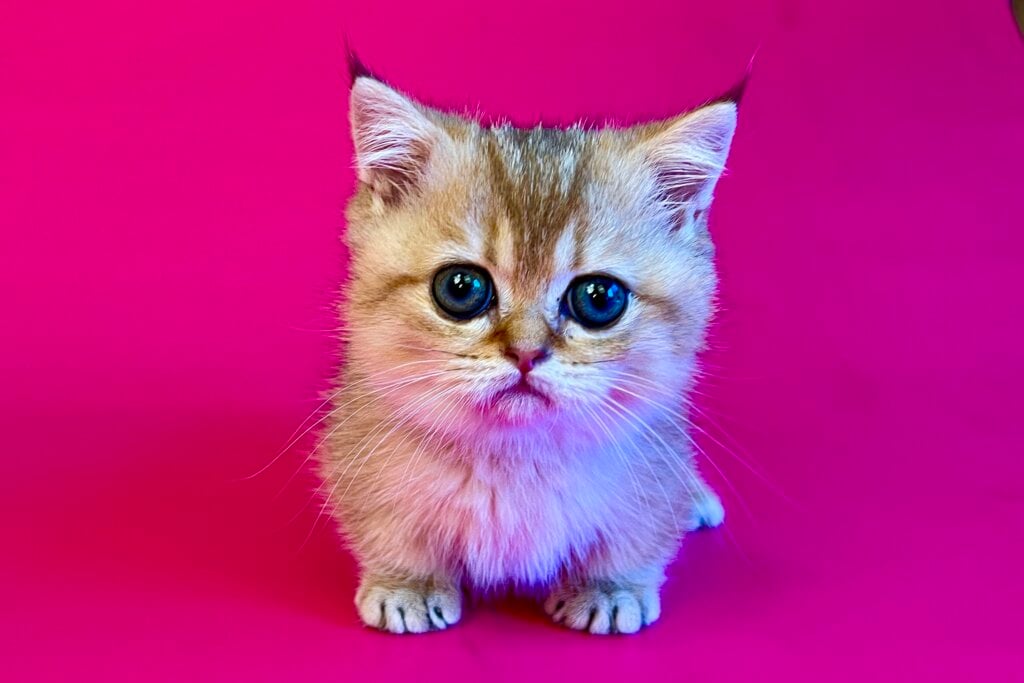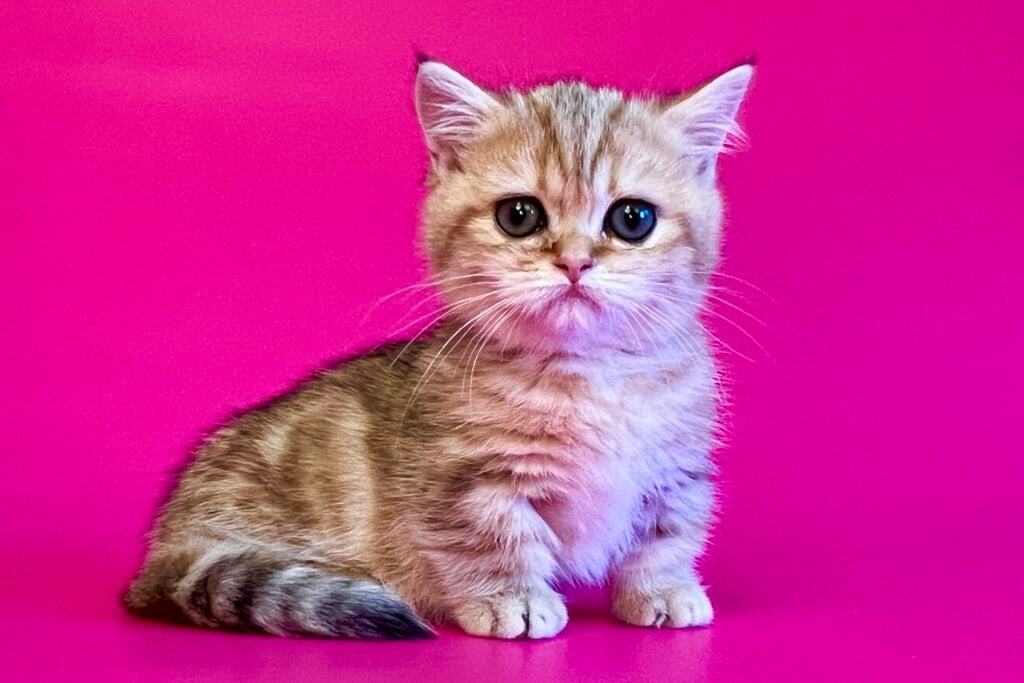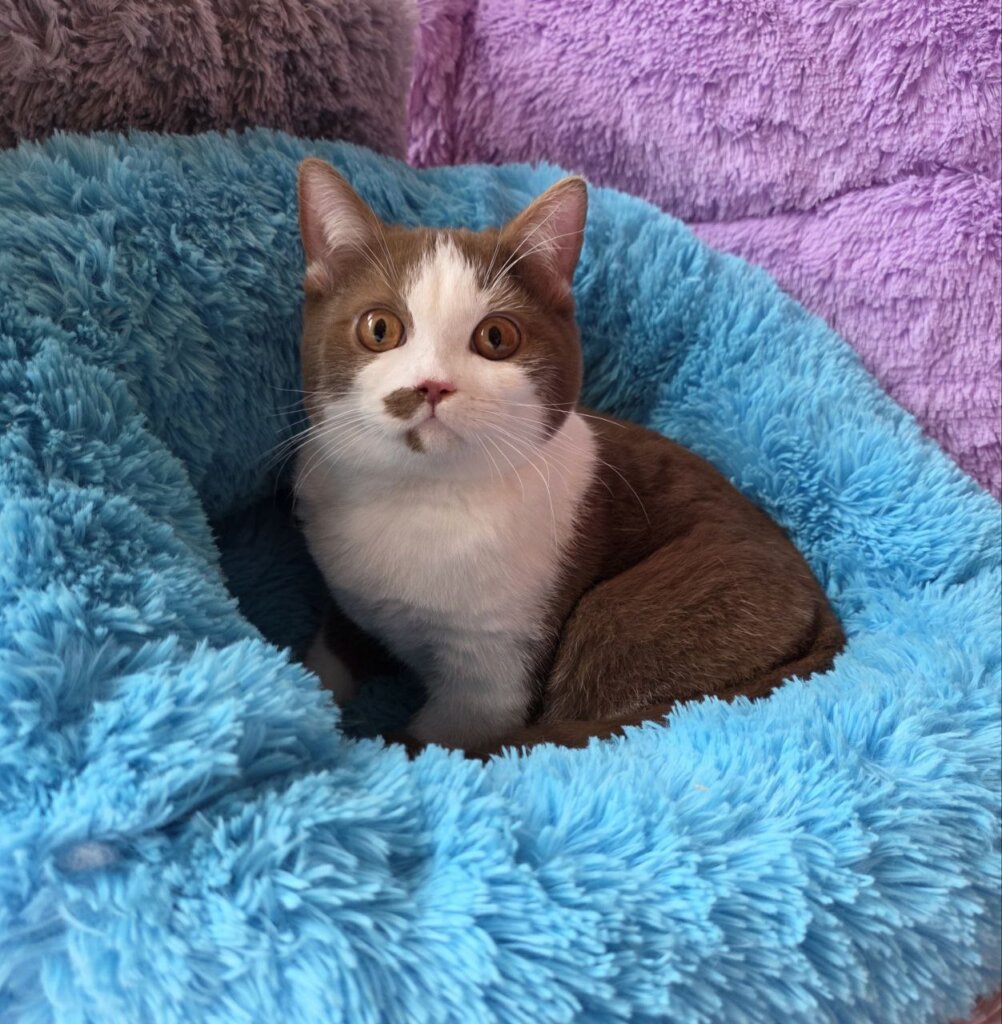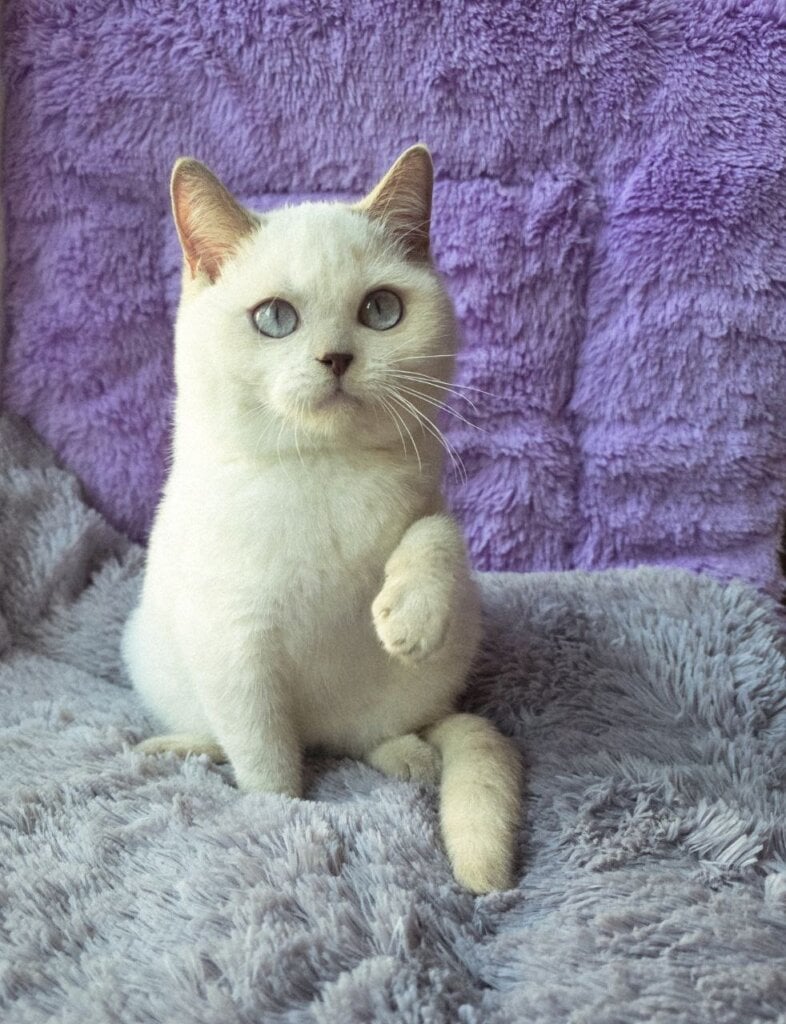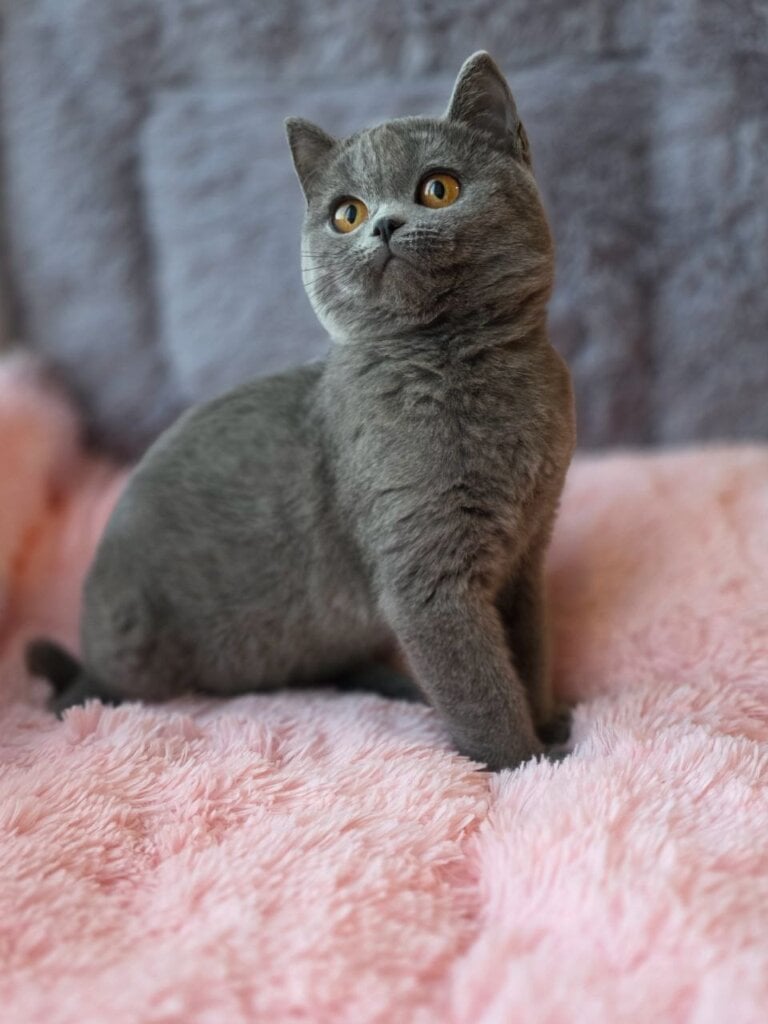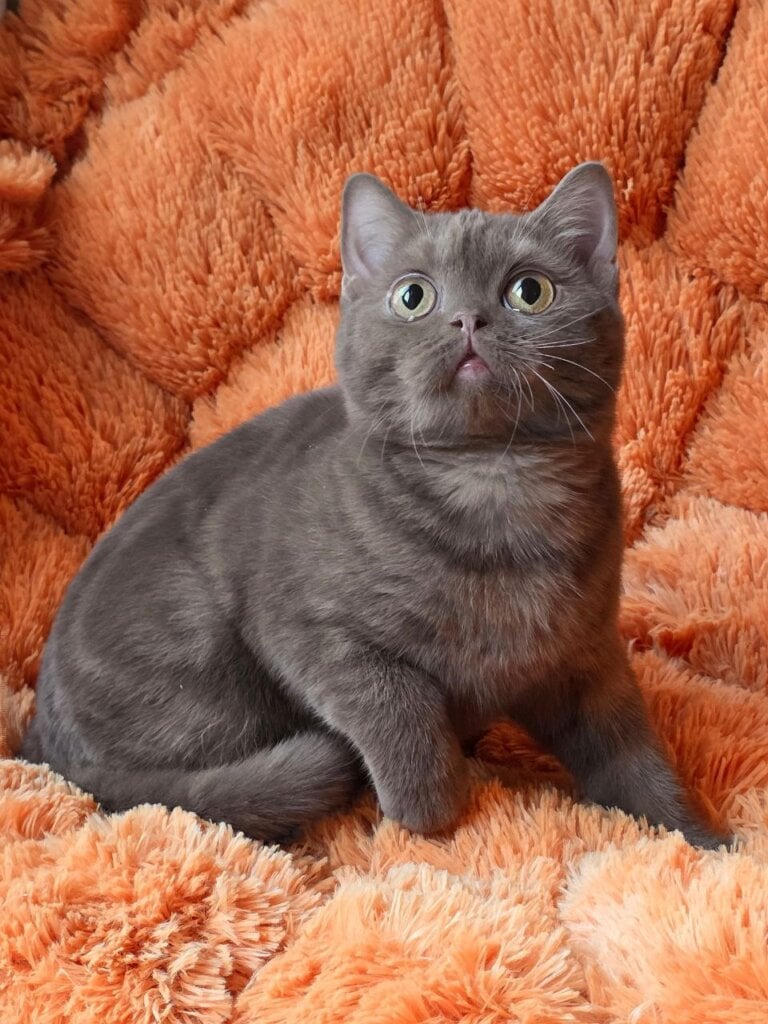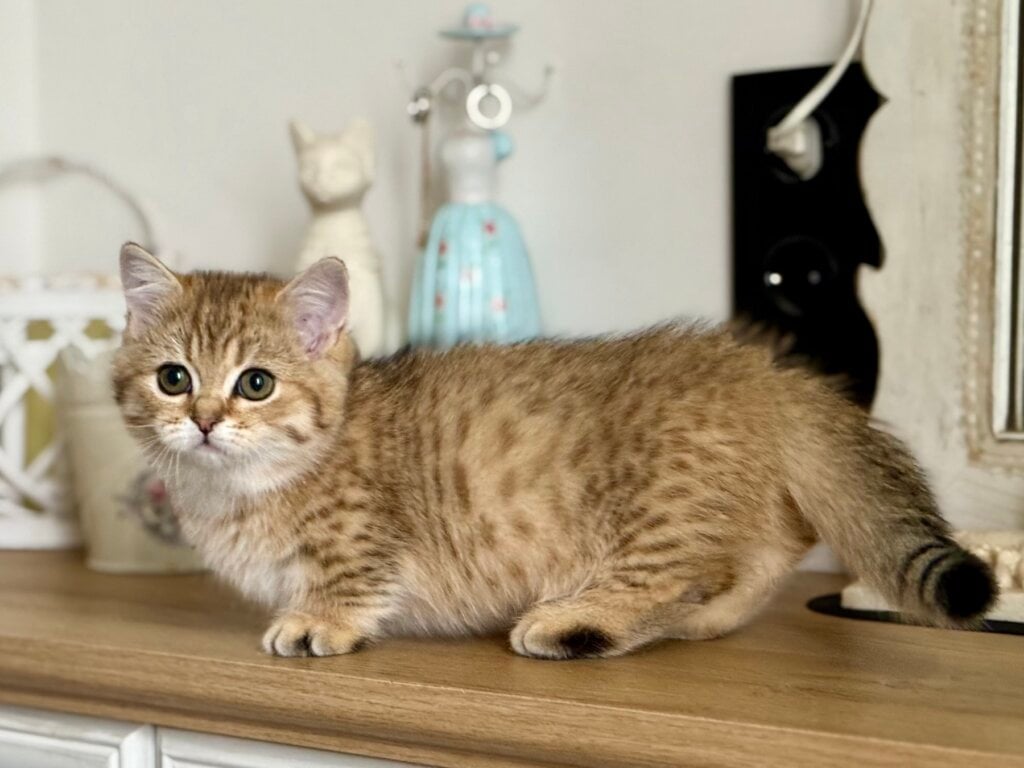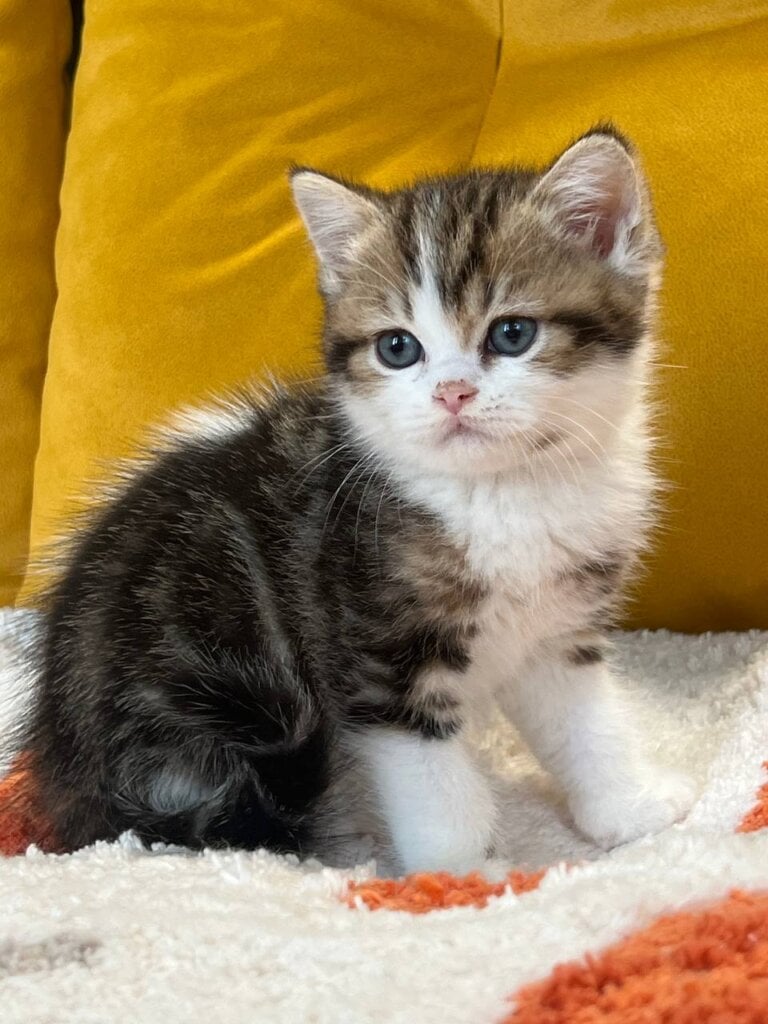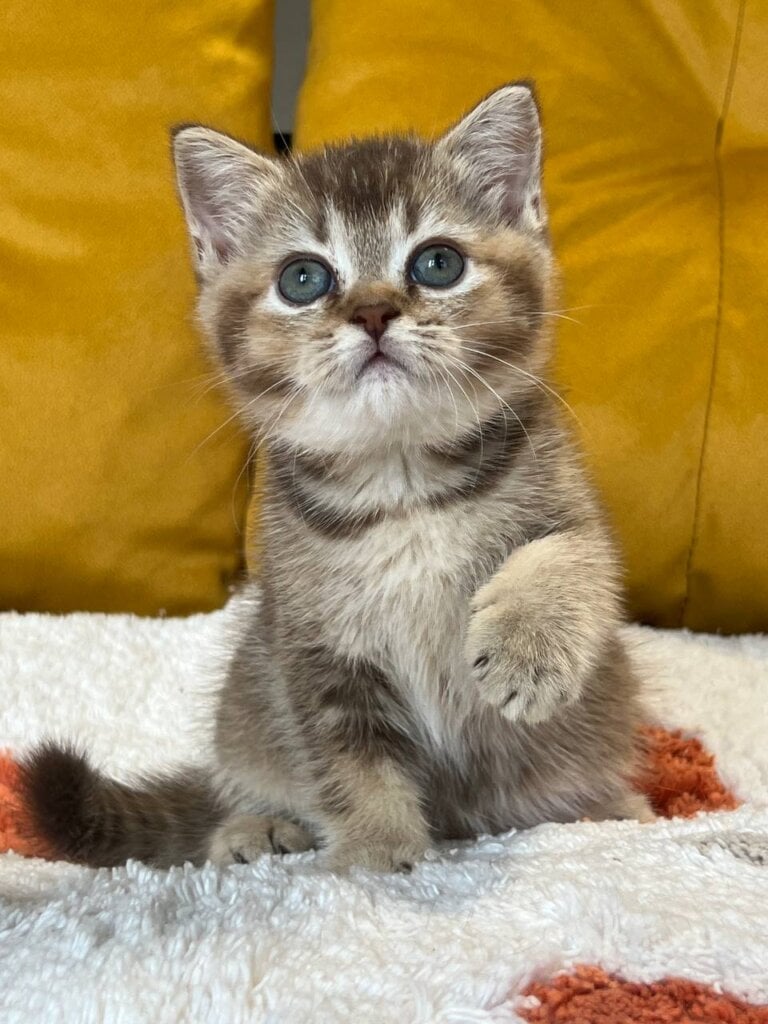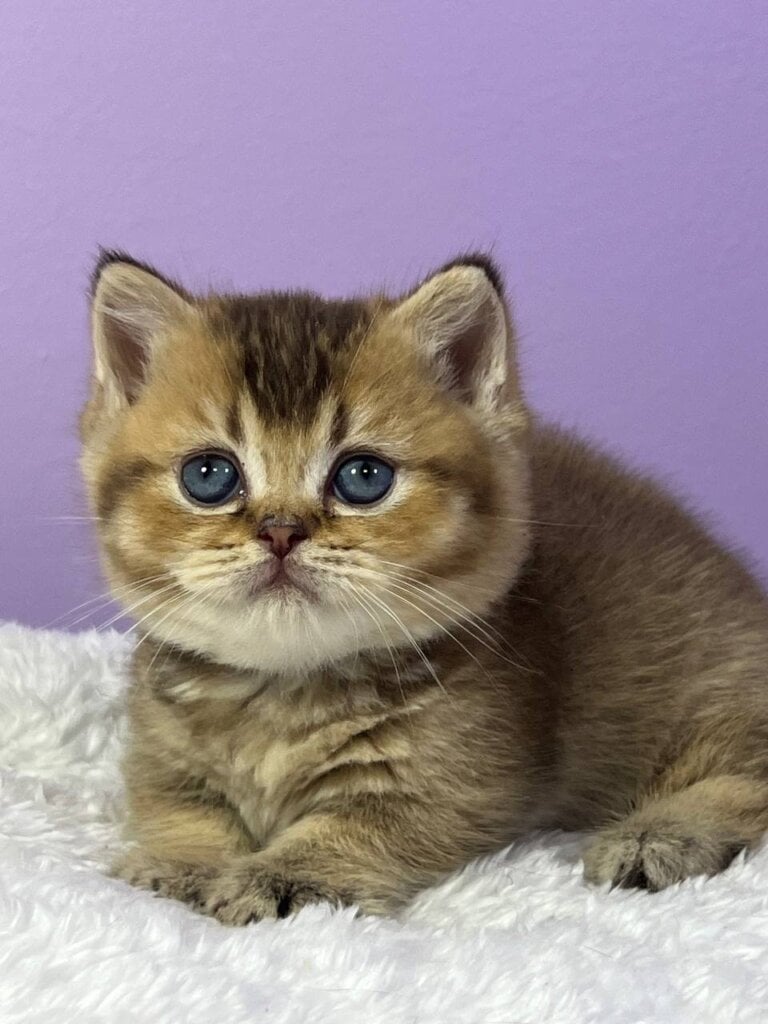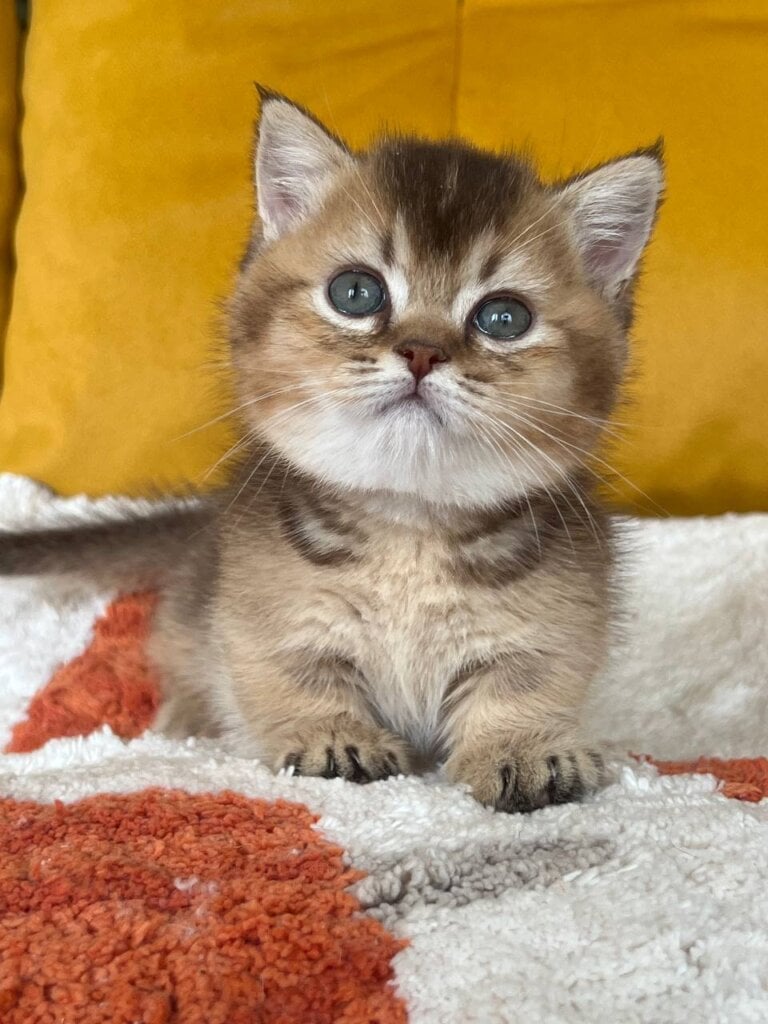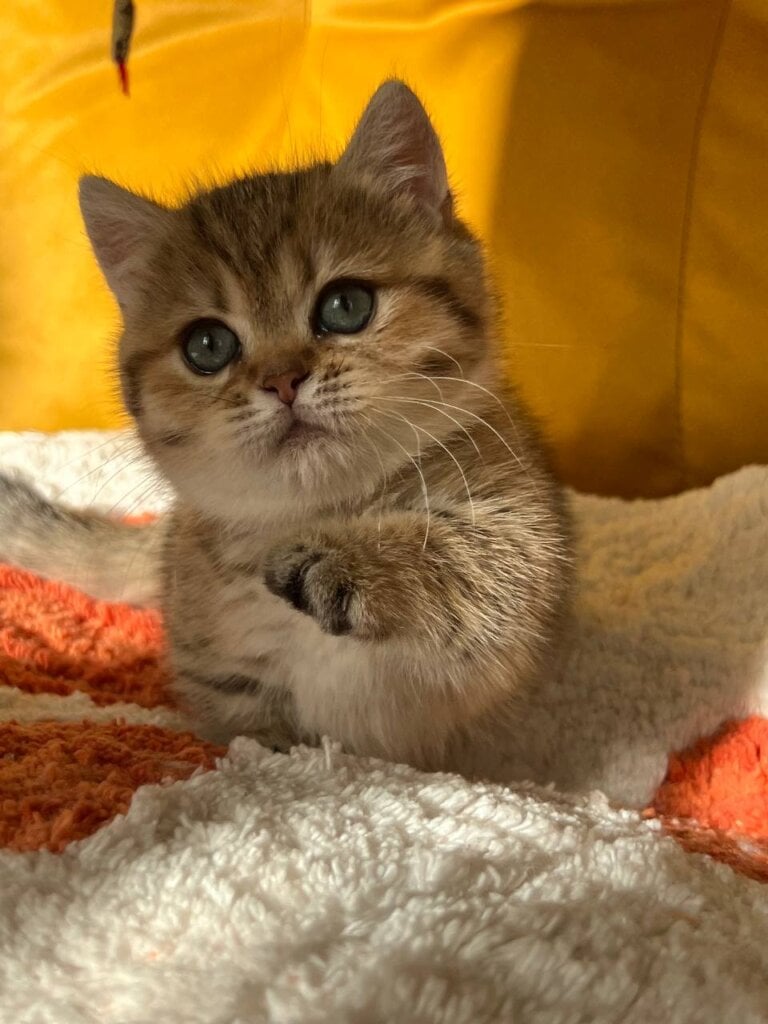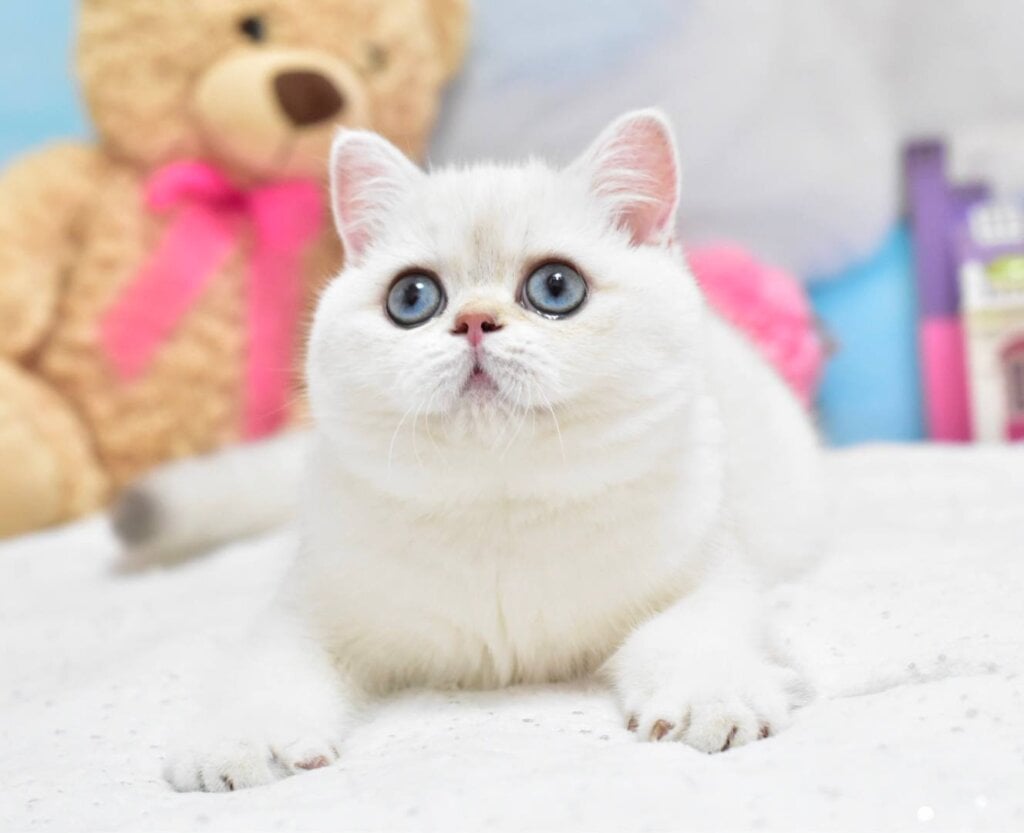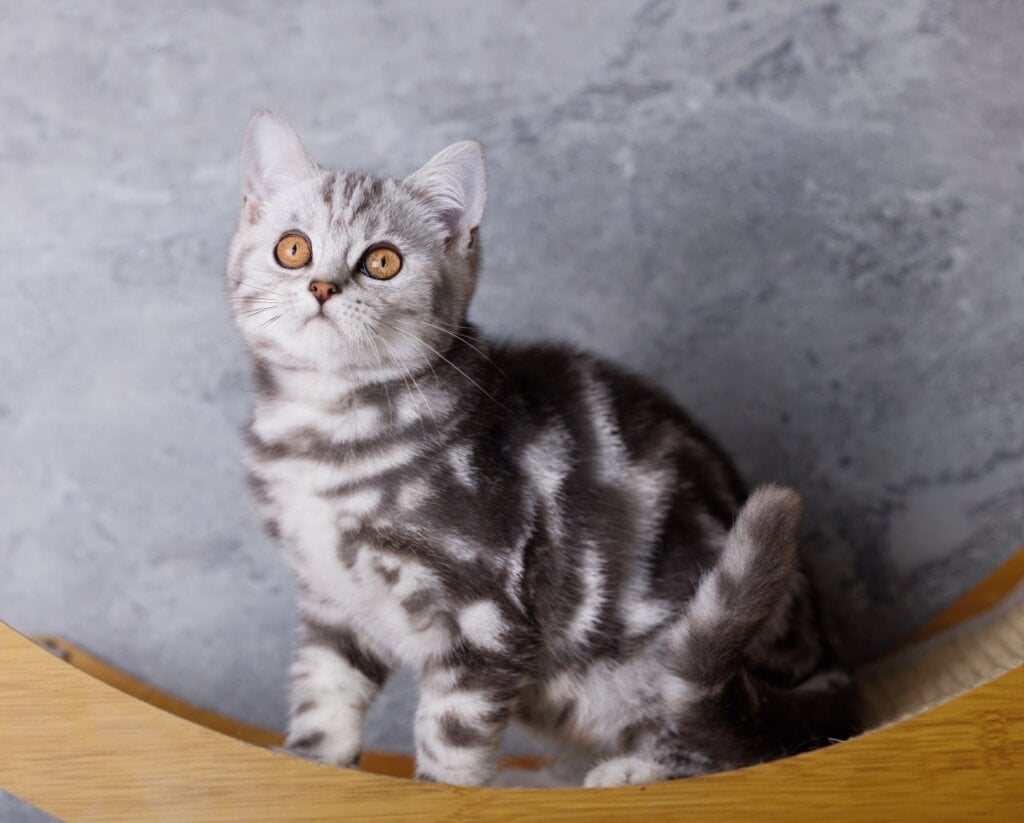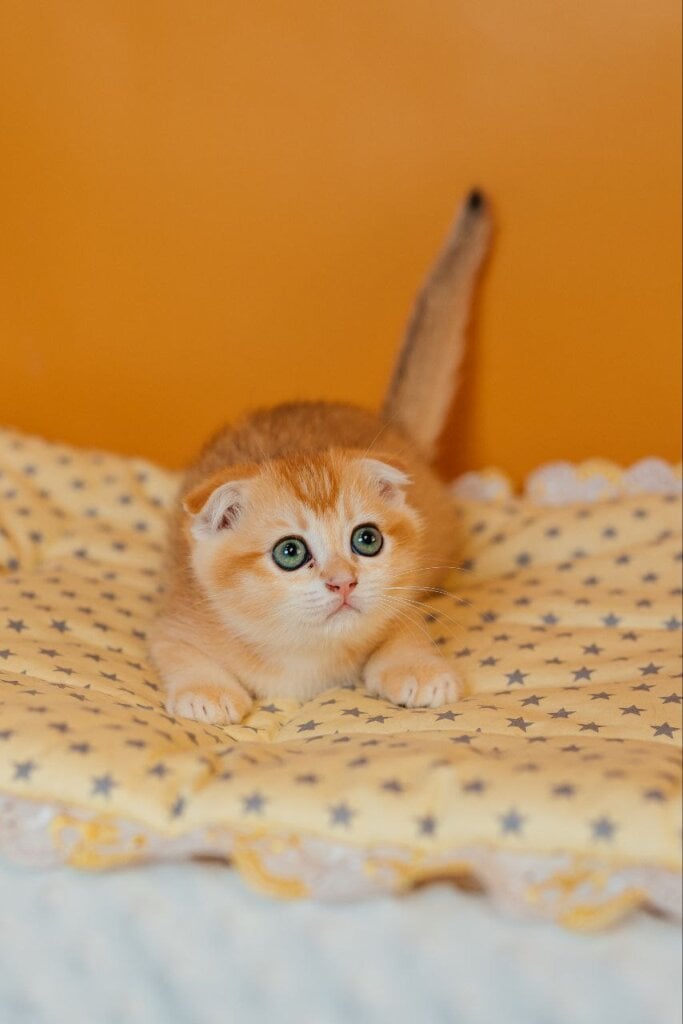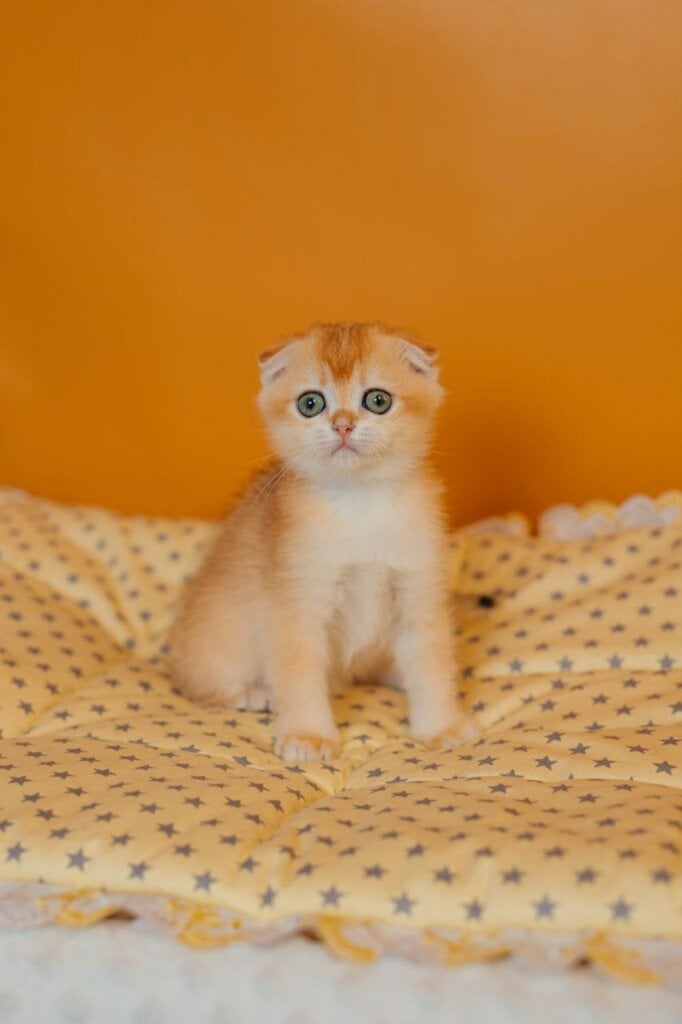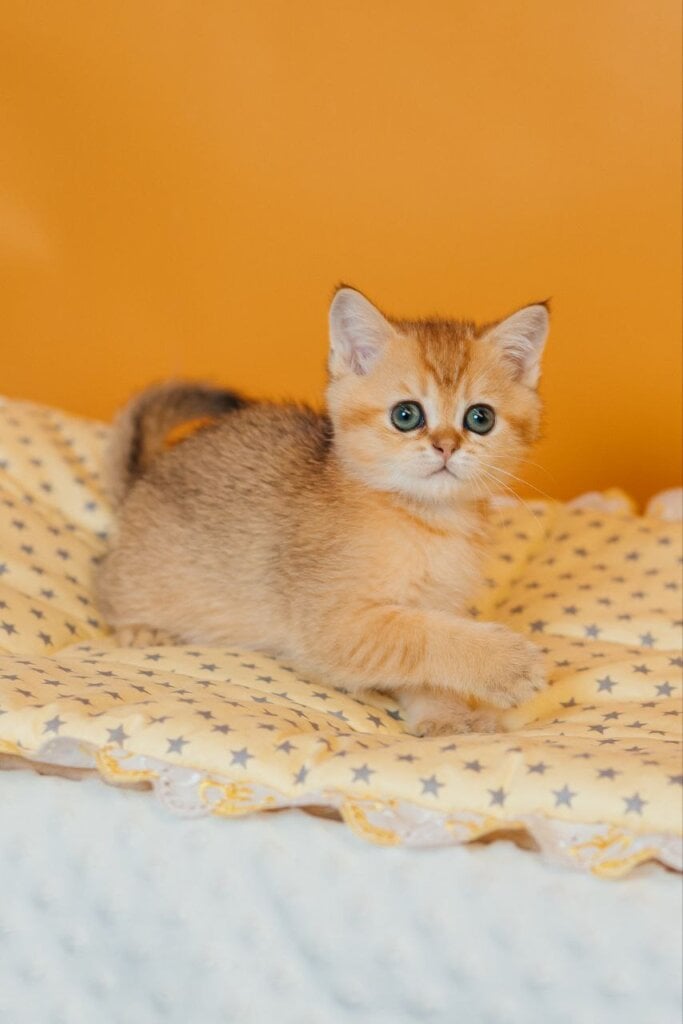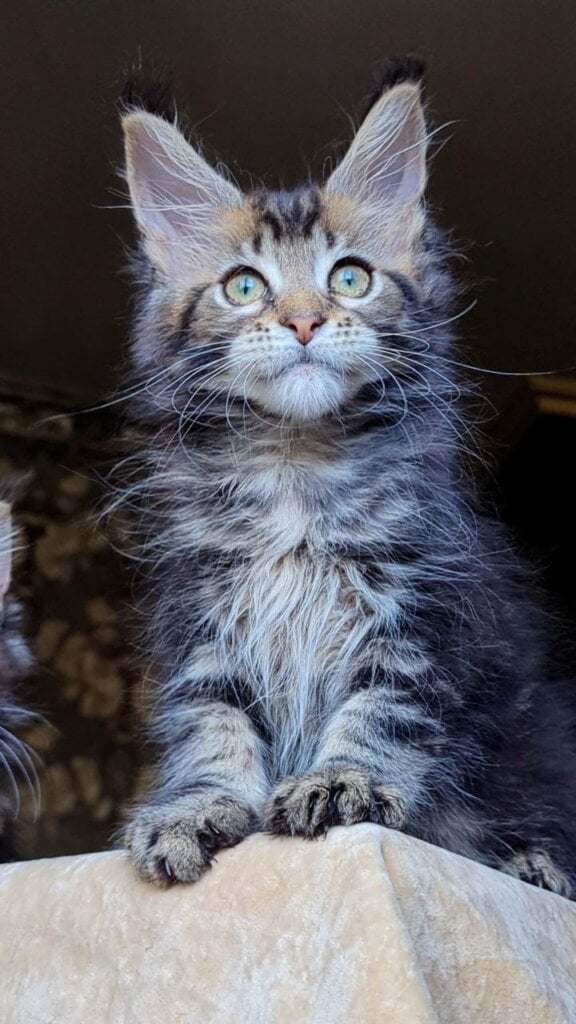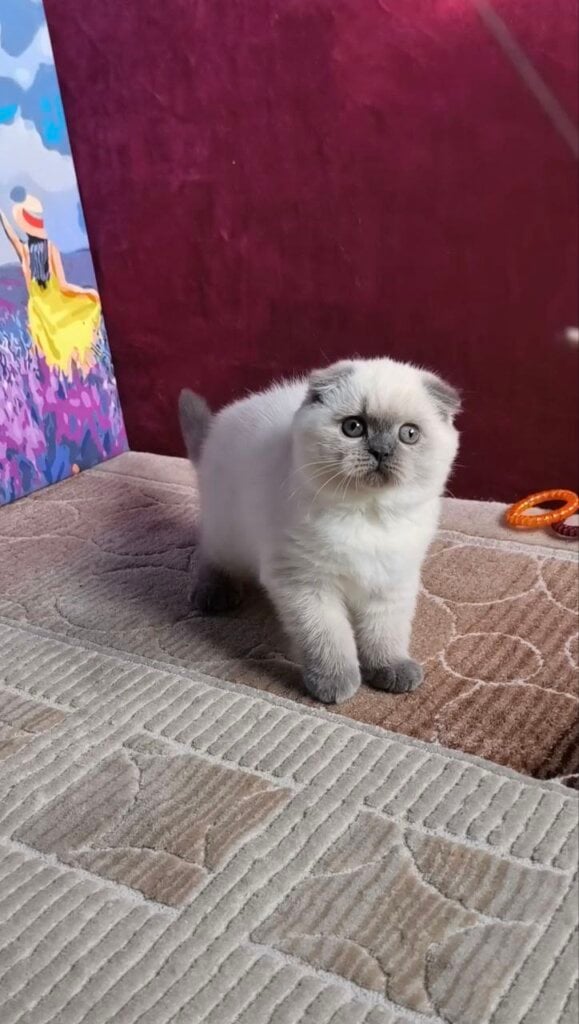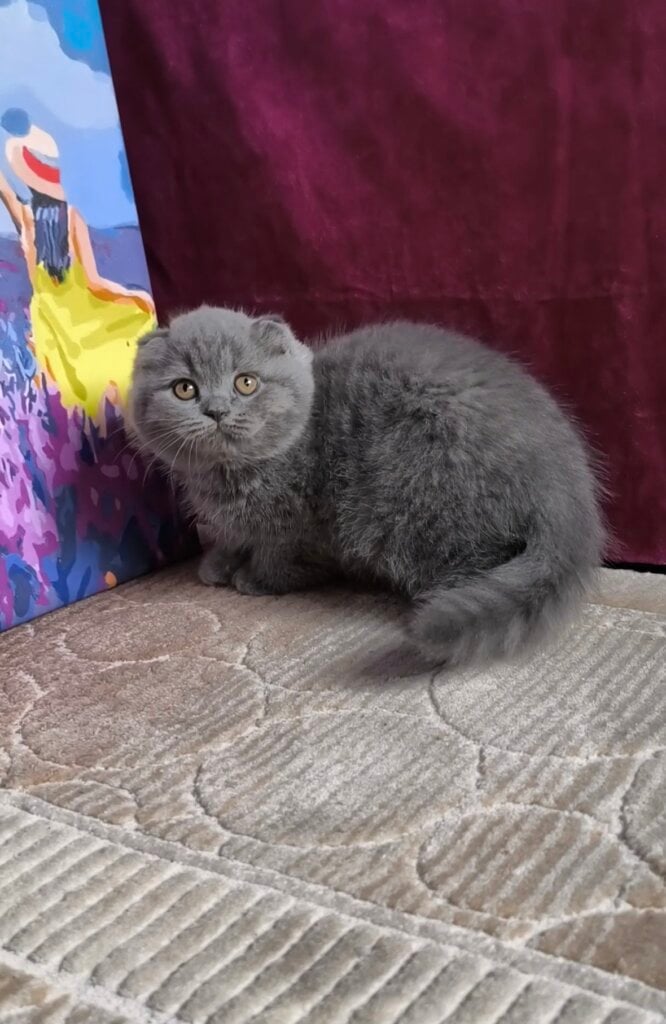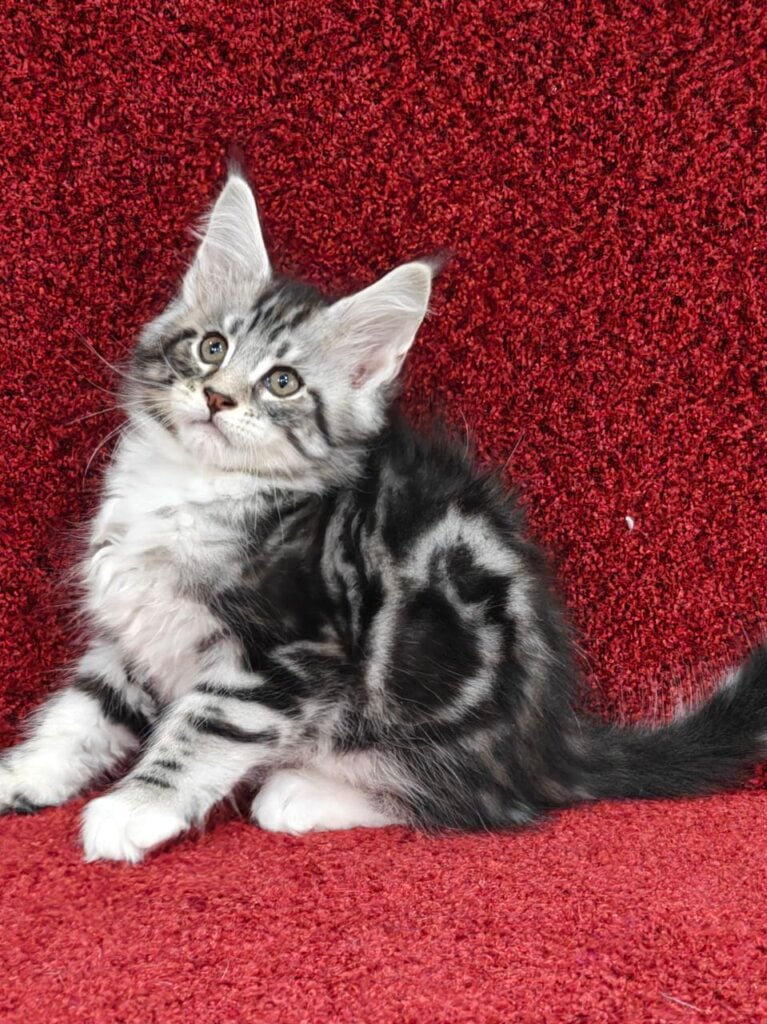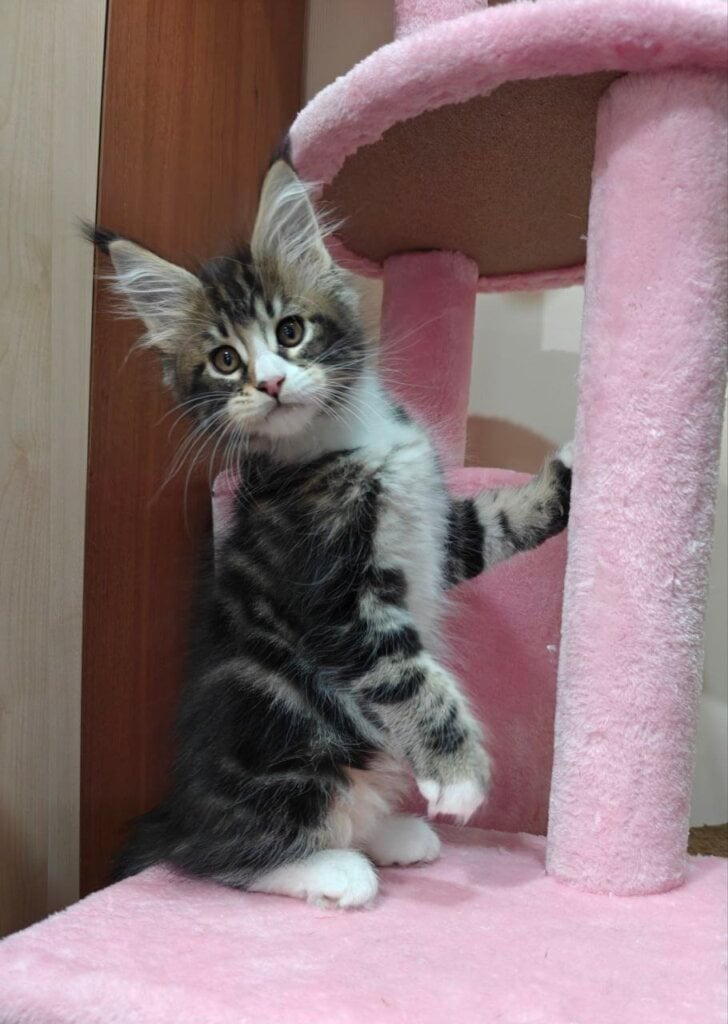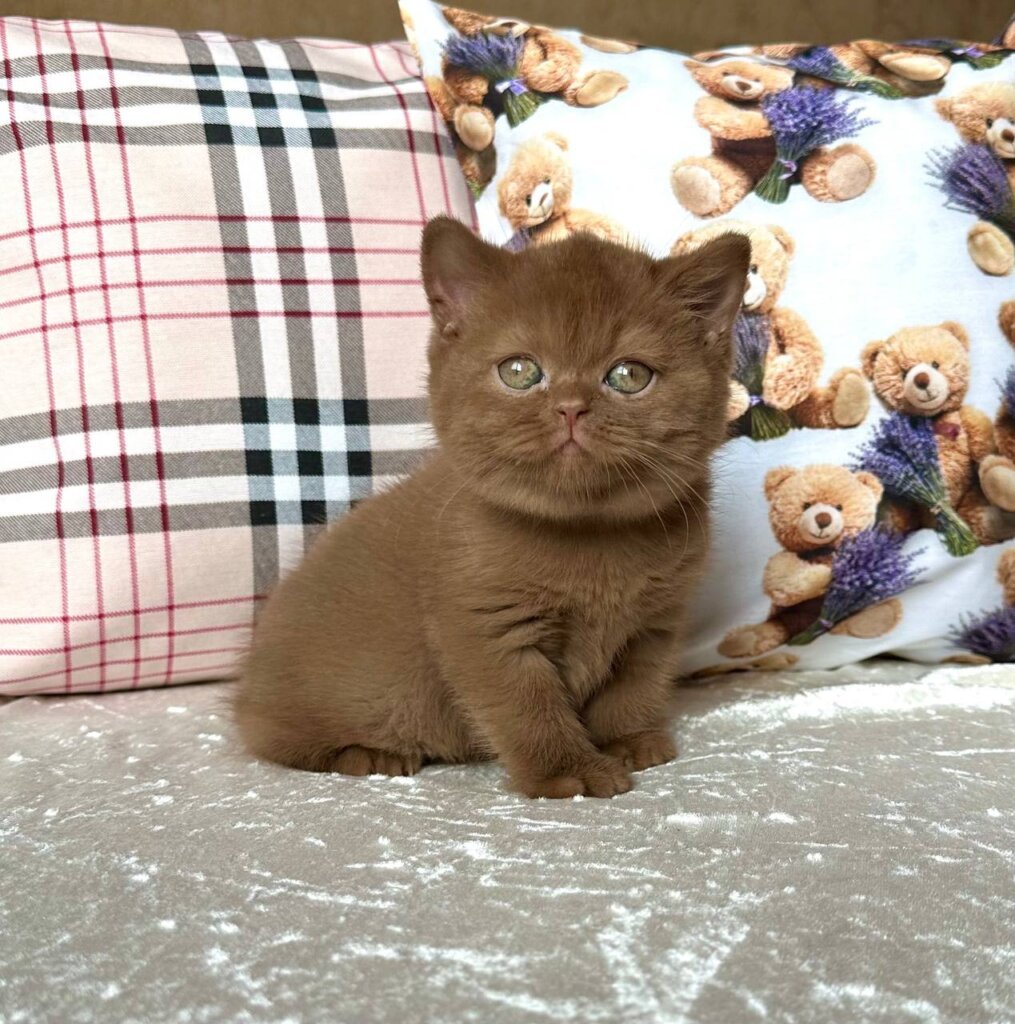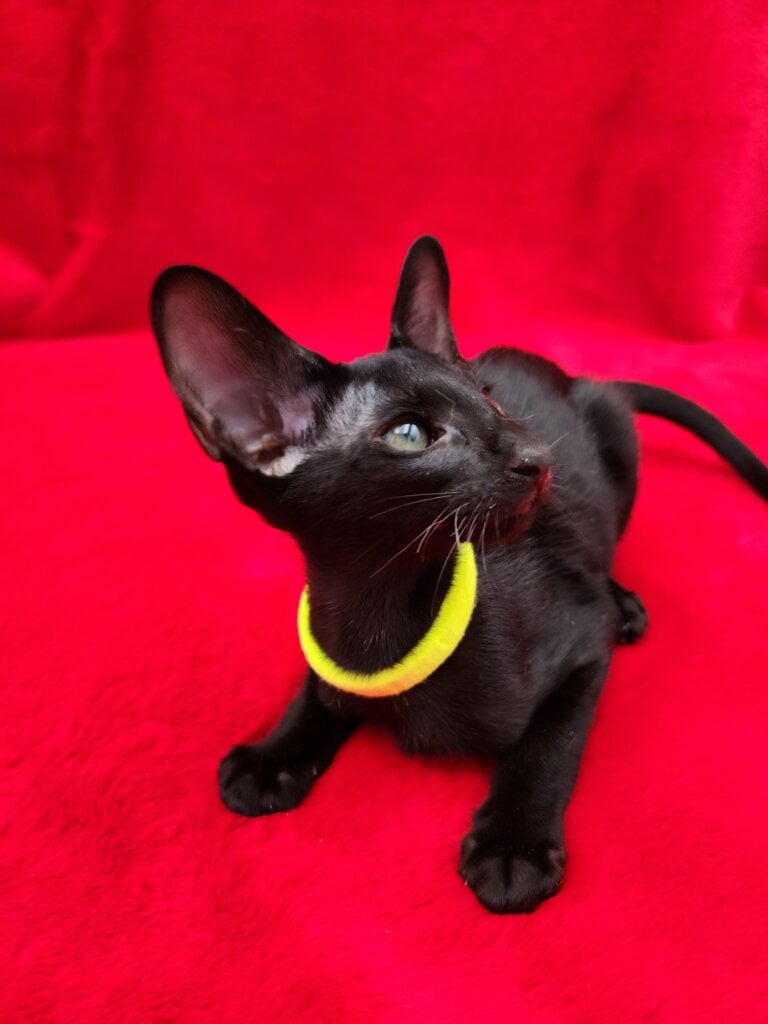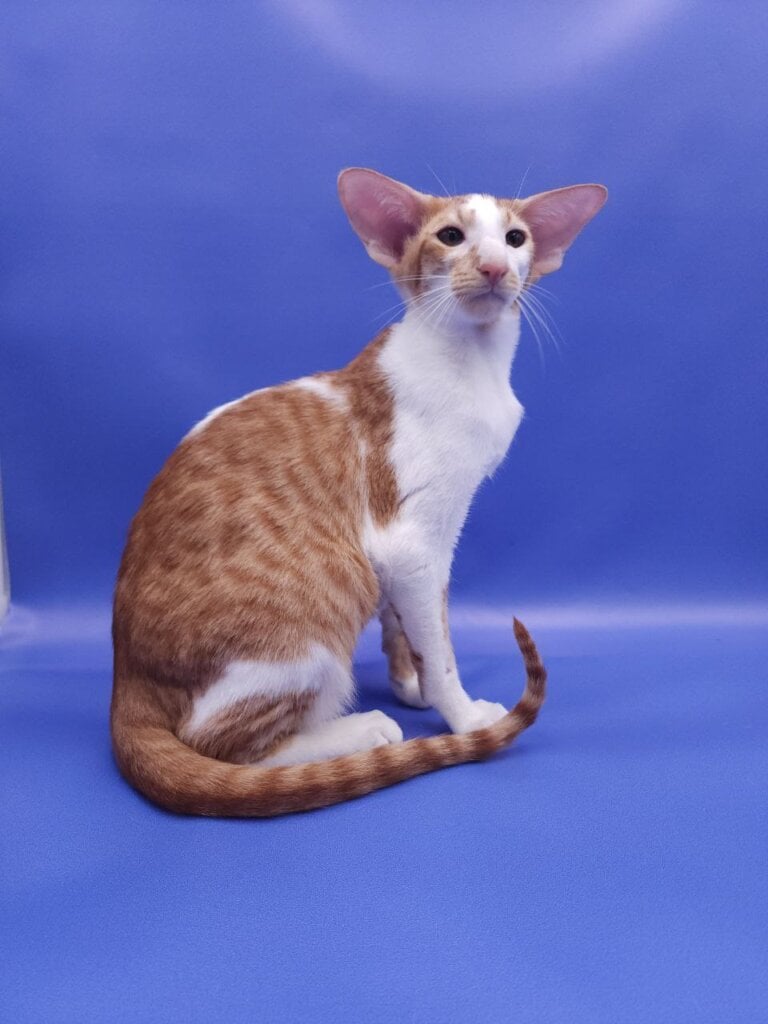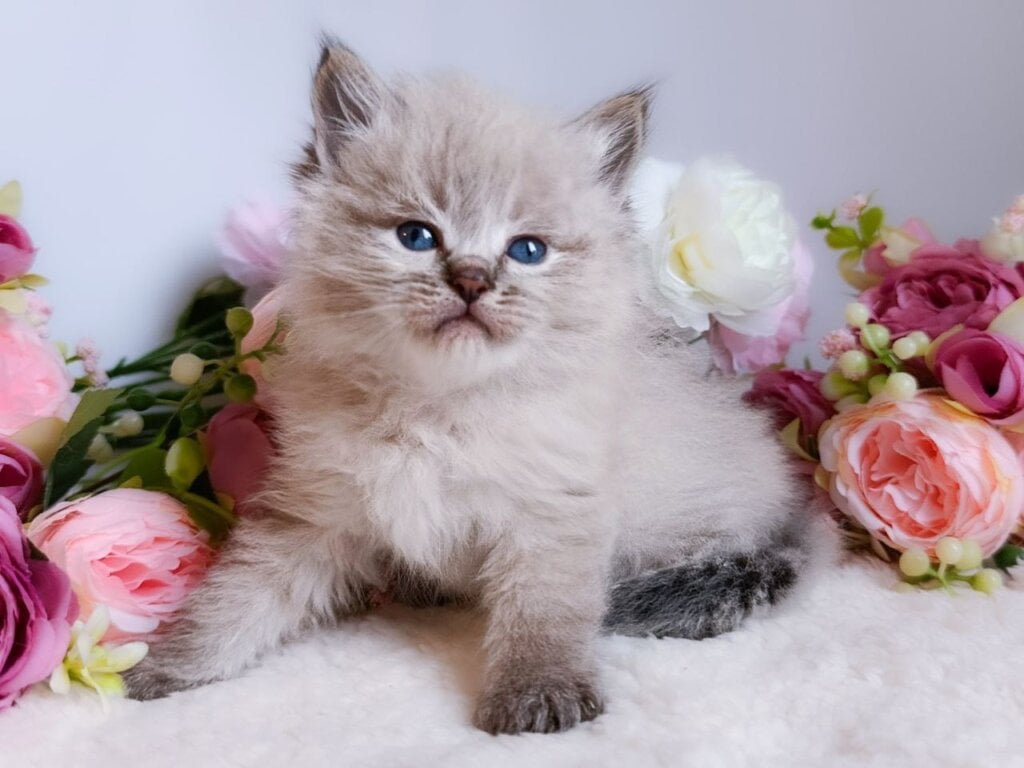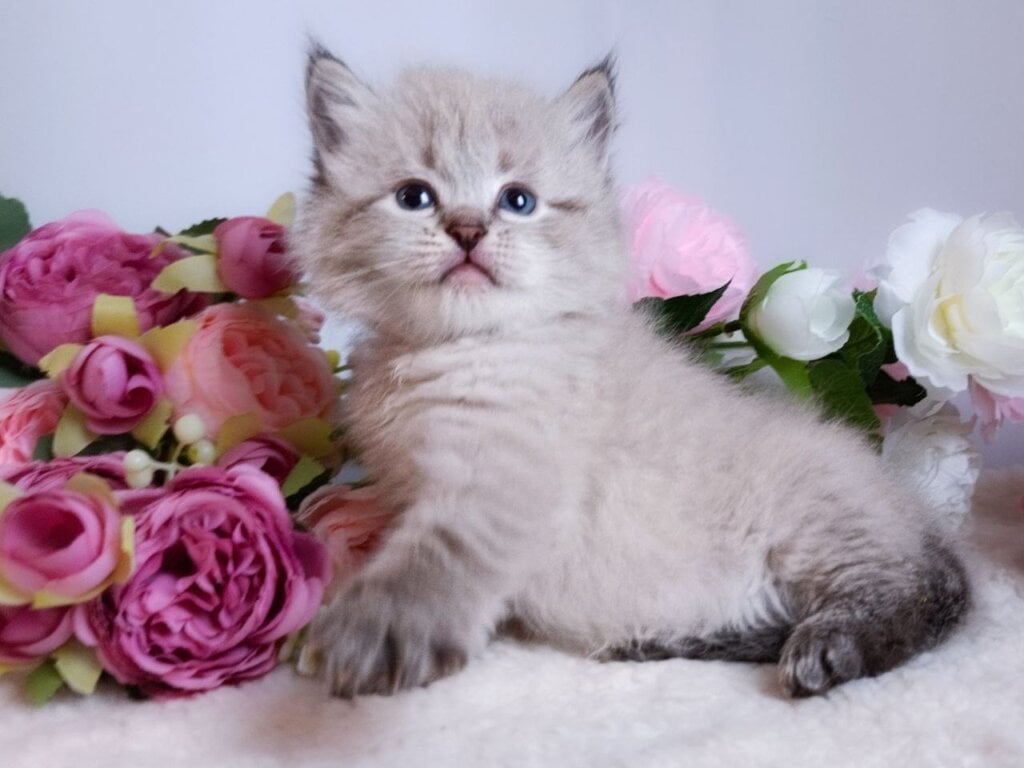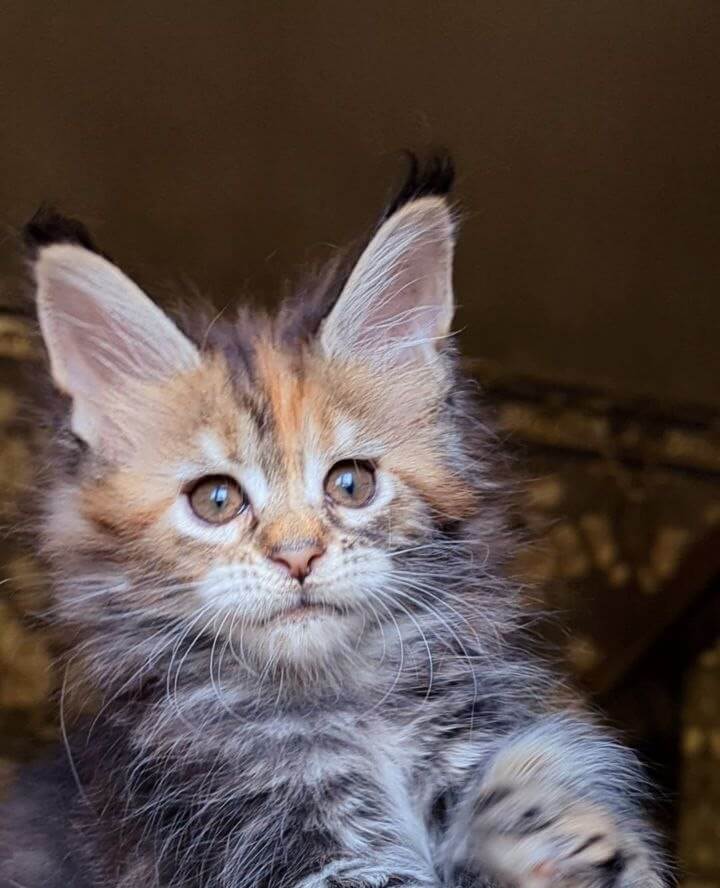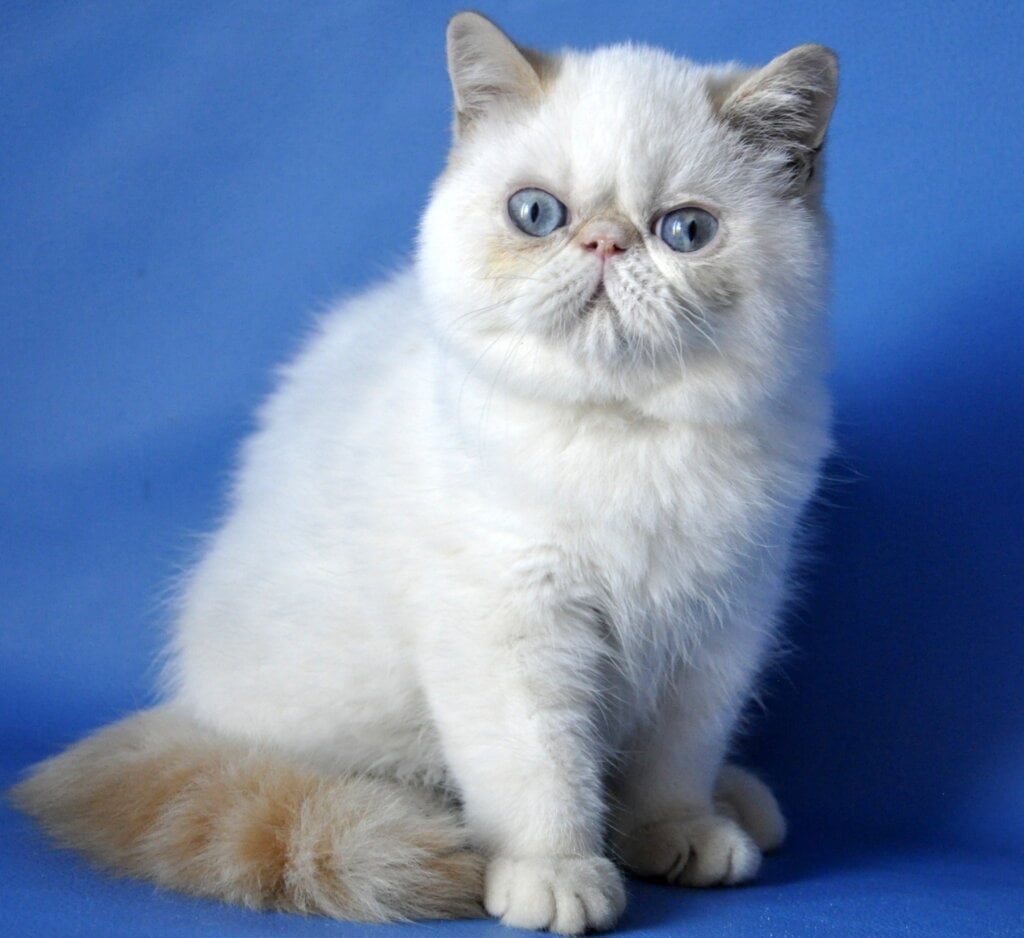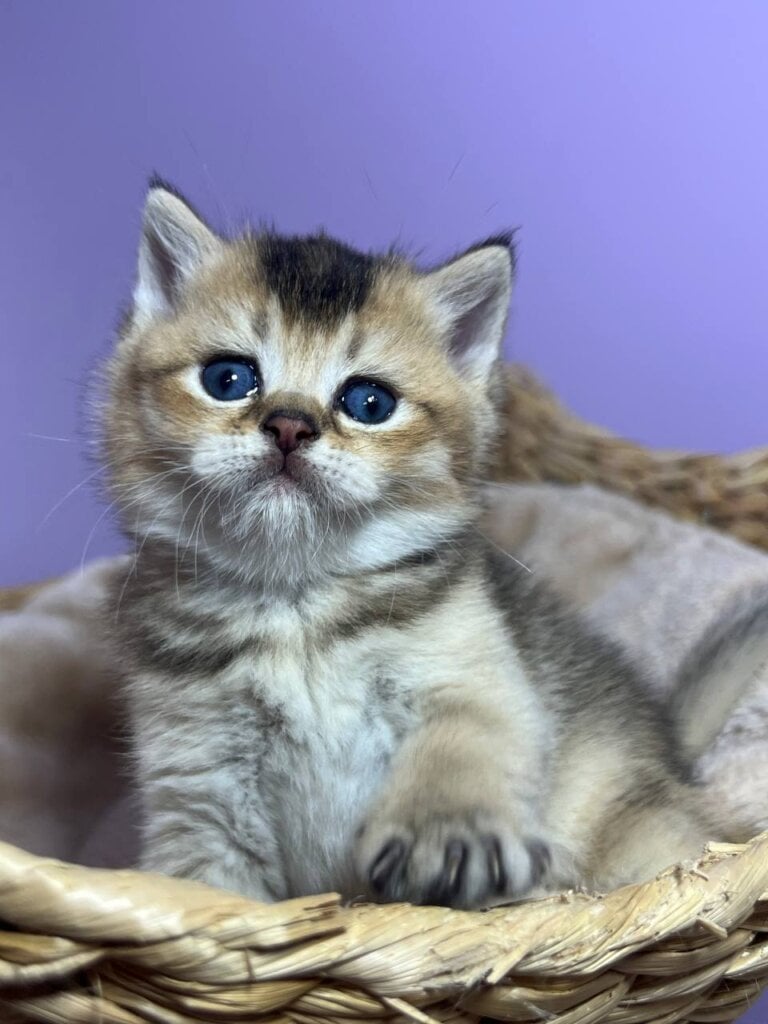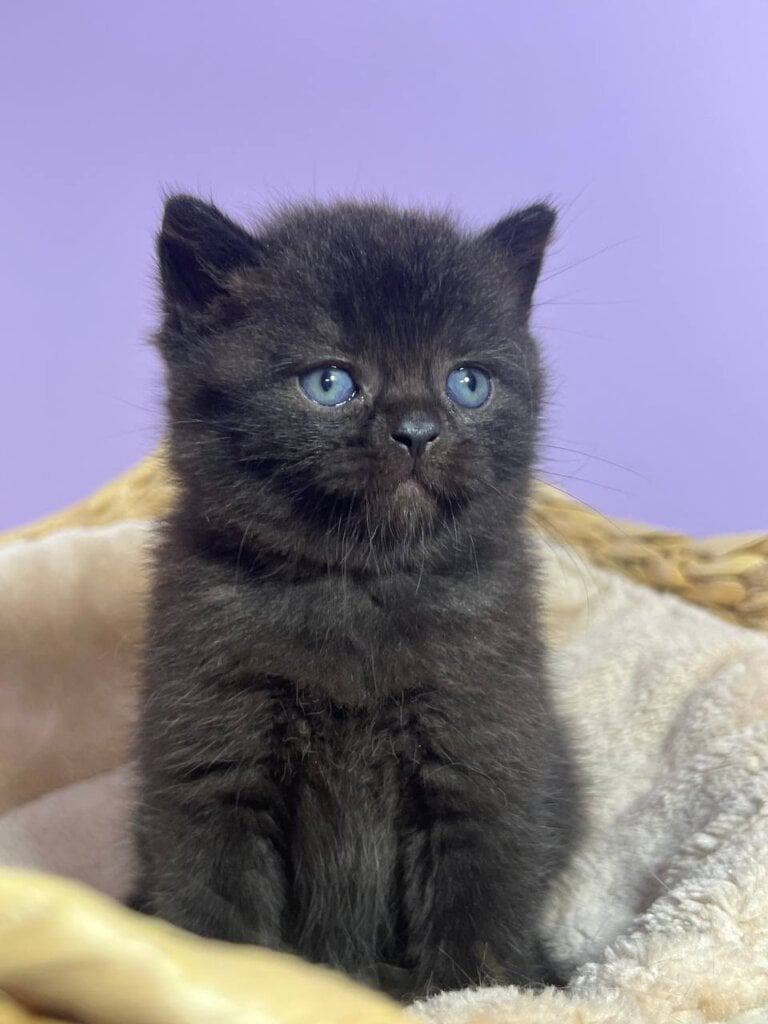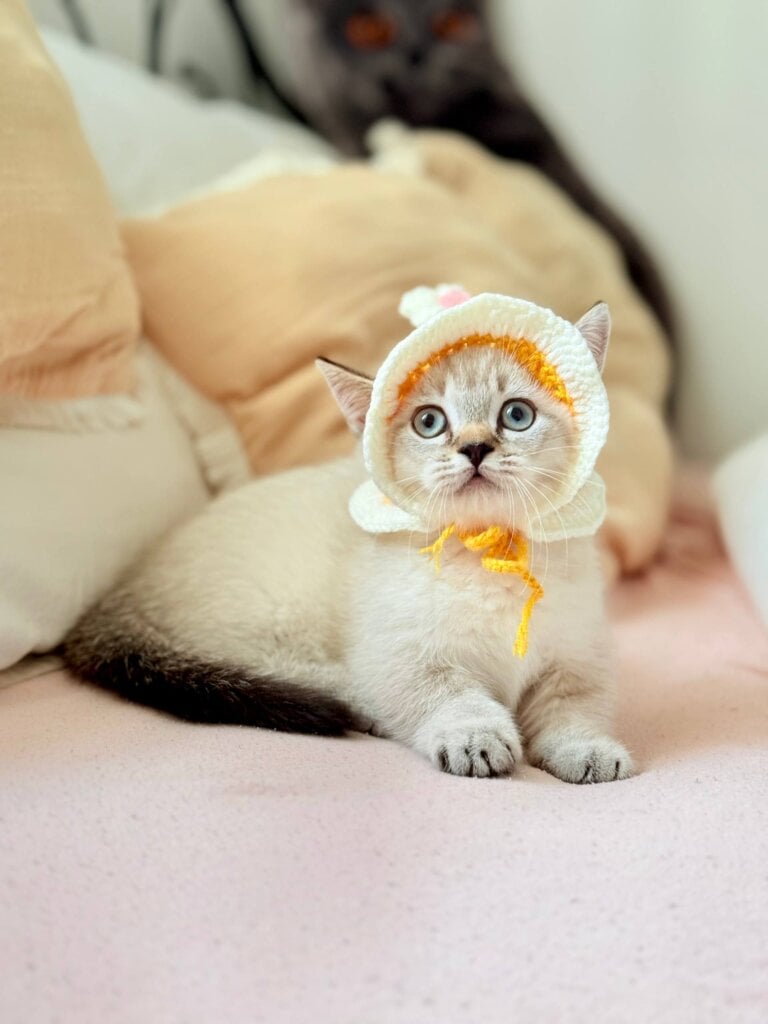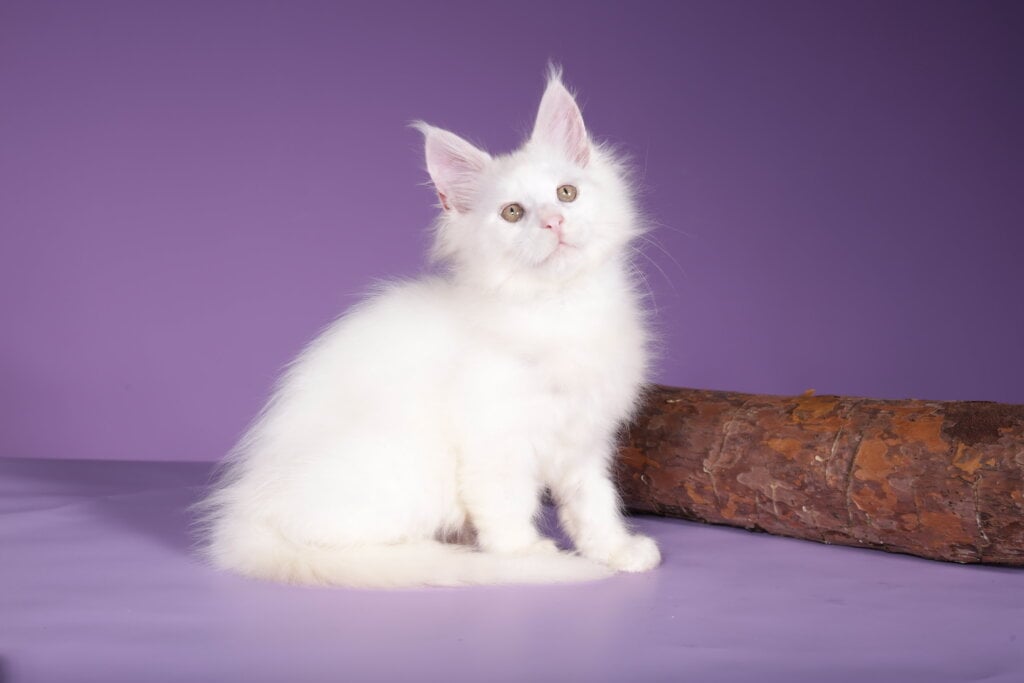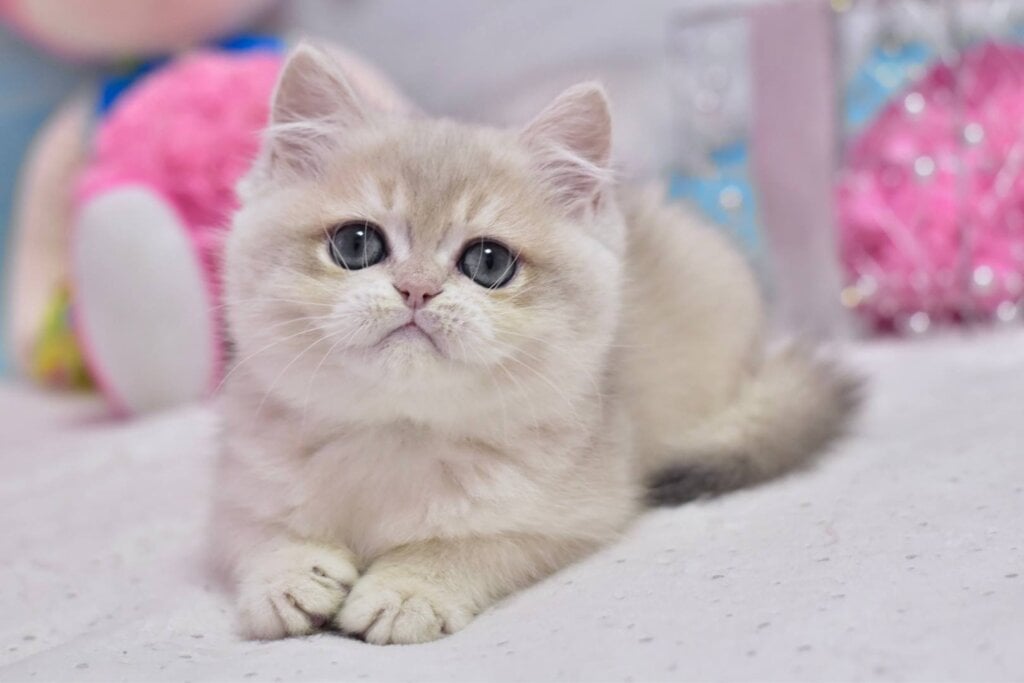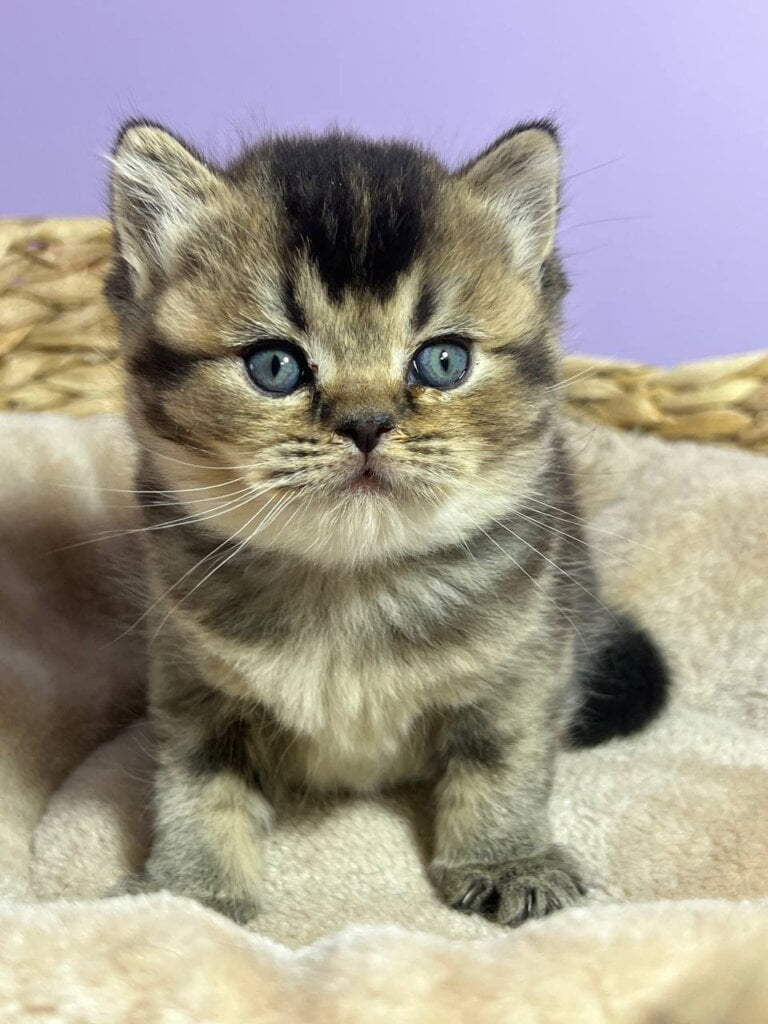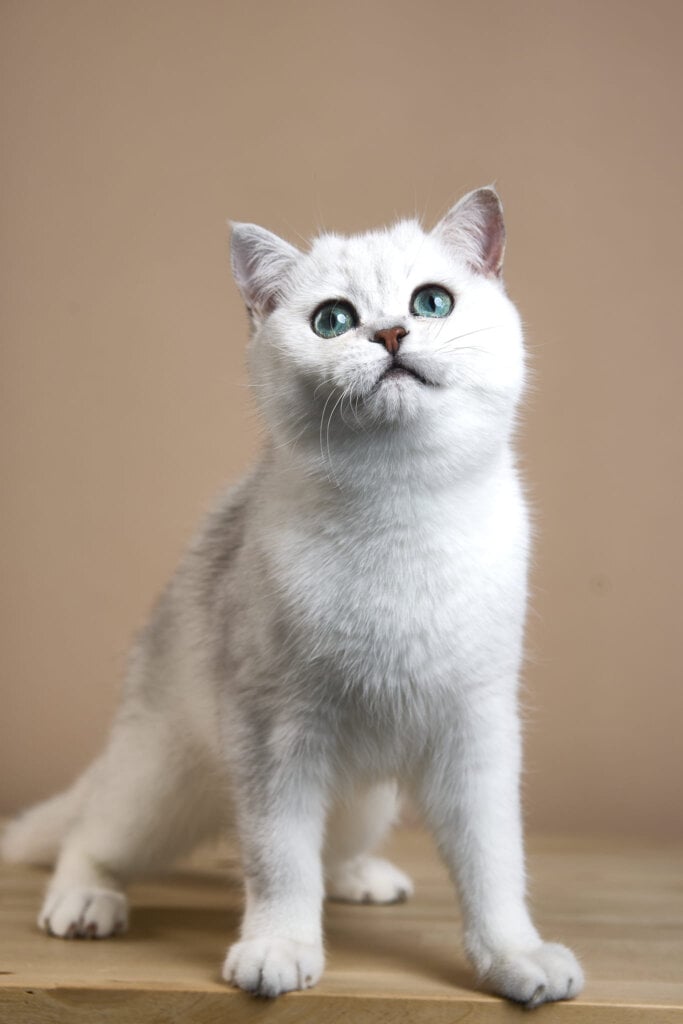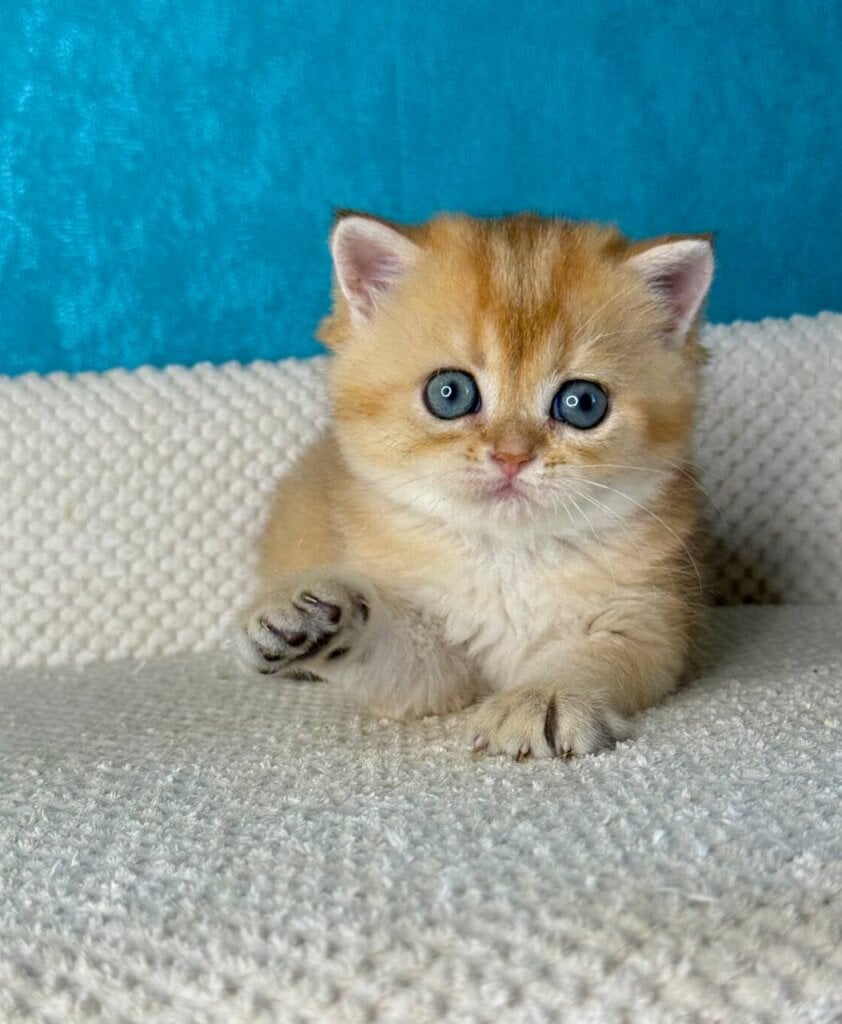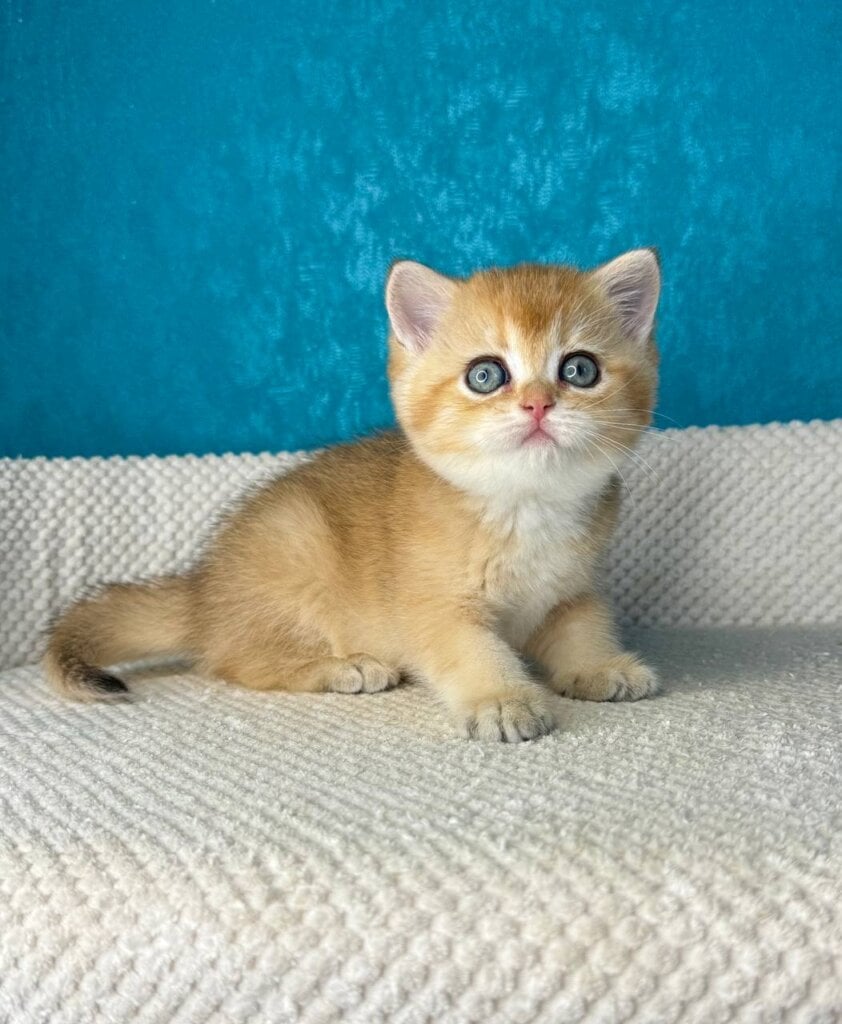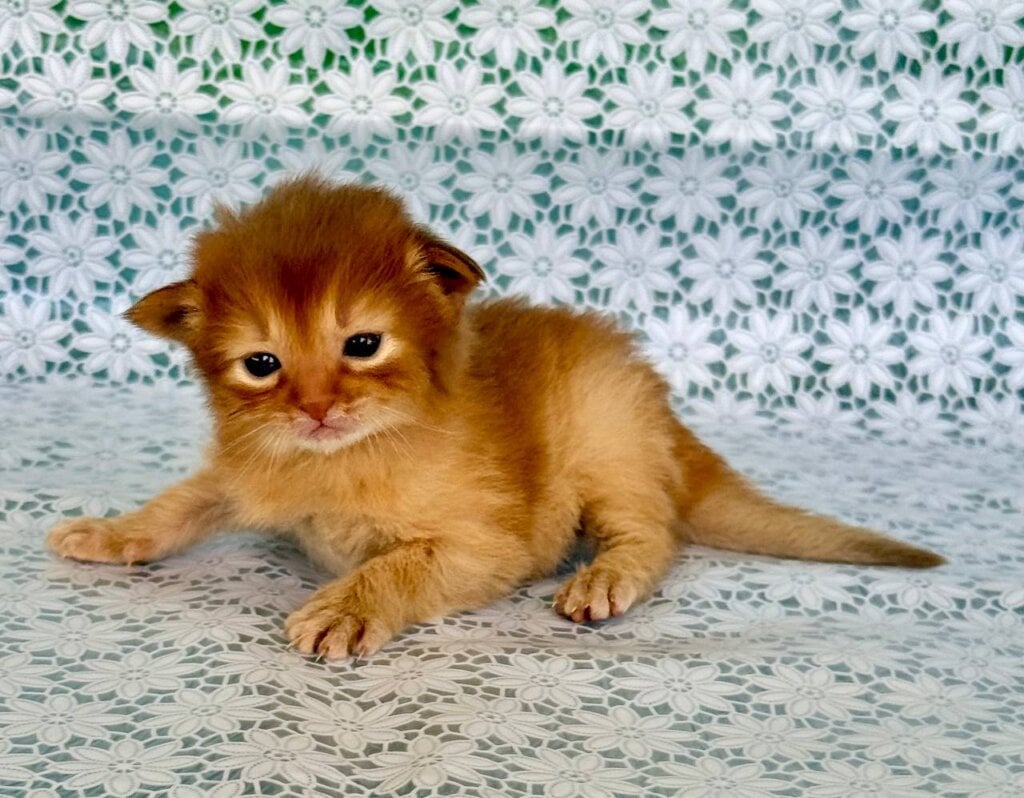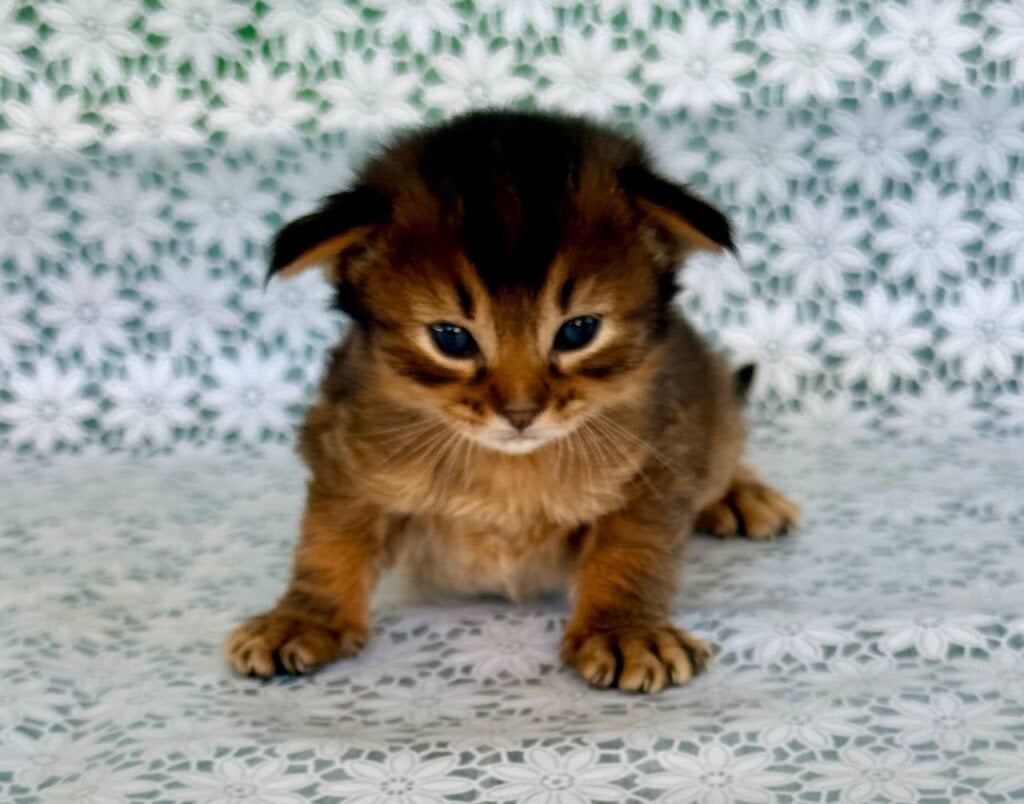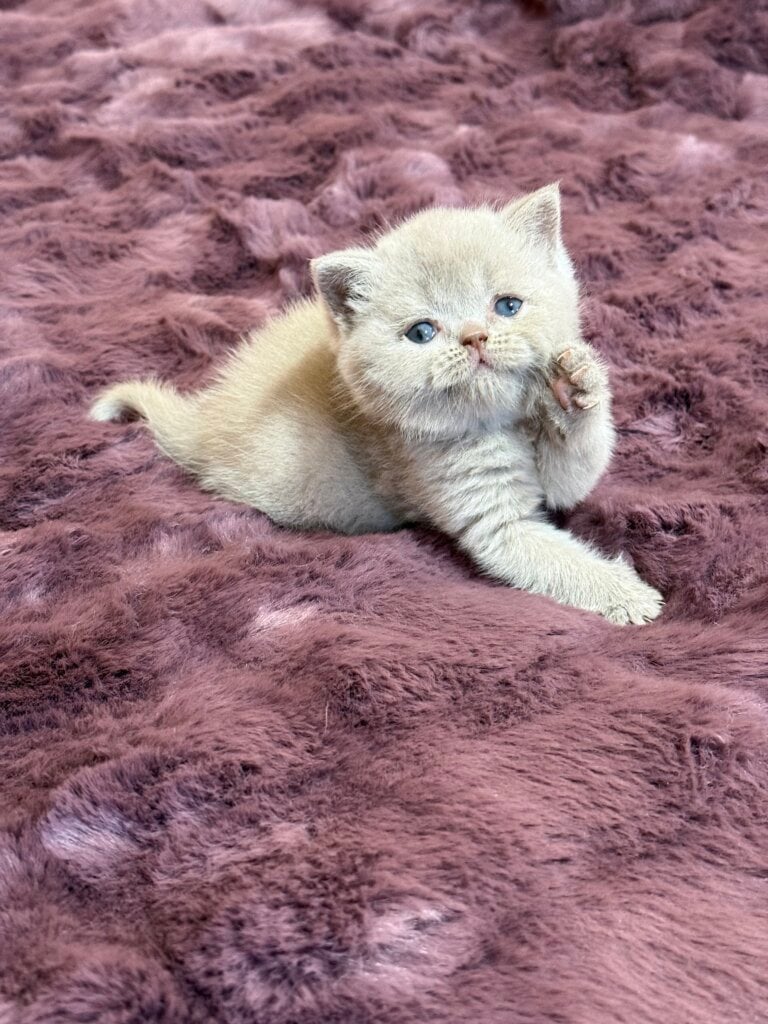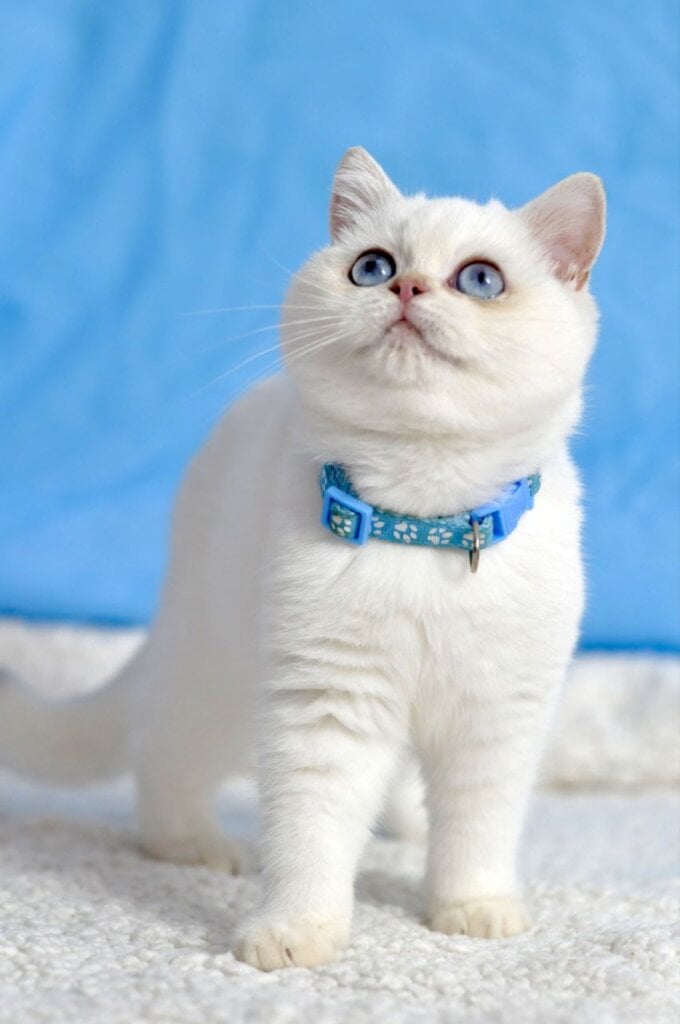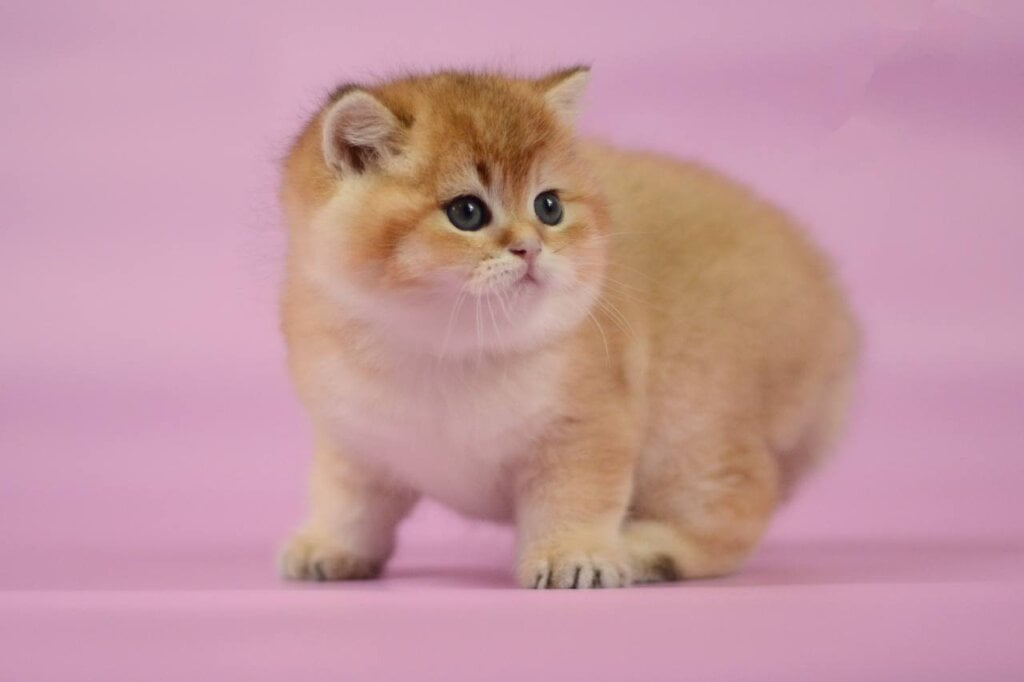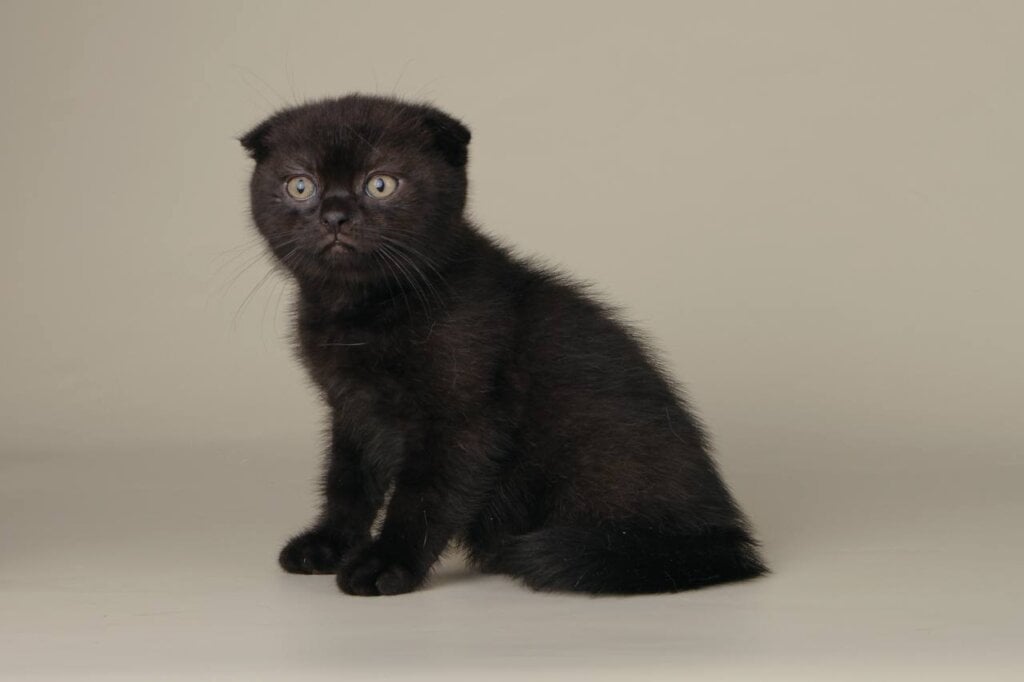They’ll all look grown-up by age one but continue filling out and muscle growing for a couple more years. These cats have broad bodies, thick coats and round faces. Growth rate can vary with nutrition, health and living conditions. In the following, find out what to watch as your British Shorthair matures.
The British Shorthair Growth Timeline
The British Shorthair growth timeline is unlike a lot of other breeds, with key milestones defining their lives from kittenhood through adulthood. These cats required special treatment at every phase, as their bodies and personalities evolved slowly over the years. Growth is different for every cat, typically related to their genetics, gender and early diet. Though a British Shorthair may appear mature by the age of two, real physical and emotional maturity doesn’t arrive until they hit five.
Numbered below are the significant milestones in the British Shorthair’s first five years:
- Birth to 6 Months: Rapid weight gain, from under 0.5 kg to over 2–3 kg, and quick development of coordination.
- 6–12 Months: Slower growth, distinct muscle build, and early signs of the breed’s signature round cheeks.
- 1–2 Years: Adolescence brings independence, more muscle, and the first glimpse of adult stature.
- 2–3 Years: Growth slows, temperament settles, and cats start to look more mature.
- 3–5 Years: Full maturity reached, size and weight stabilize, and cats display the breed’s plush coat and calm demeanor.
1. Kittenhood (0-12 Months)
Weight rises quickly in the initial weeks, frequently doubling by the age of three months. British Shorthair kittens grow from napping newborns into mischievous toddlers. Socialization is key-tender handling from humans and secure play with siblings aid kittens mature amicable and self-assured. Nutrition plays a huge role, too-a well-balanced diet with all of the right nutrients supports robust bones and a healthy immune system. By six months, kittens often weigh 2–3 kg and begin developing their signature round faces, stout limbs, and dense fur.
2. Adolescence (1-3 Years)
This phase is the transition from the cling kitten to the stand-offish teenager. You’ll observe that they play less and roam more on their own. Personality shifts – some cats grow aloof, others a little more attention seeking. Muscles fill out, particularly in males, which tend to grow larger and stockier than females. Maturity is beginning to show-broader heads, deeper chests and calm eyes- but they’re not quite adults yet.
Growth there still, but slower. British Shorthairs may look grown, but their size and weight continues to increase, especially between 12 – 24 months.
3. Full Maturity (3-5 Years)
At the three year mark, the British Shorthair arrives at his or her true adult self. They now possess a soft, dense coat, a wide chest, and that iconic round face. Adult males typically weigh 5–8 kg, females 4–6 kg. Size and weight level off, but minor fluctuations may still occur. The breed’s placid, loving personality is now established-a signature of Brits around the world.
Their muscles are developed and their movements slower, but more graceful. Frequent reference to a growth chart can comfort owners that their cat is doing well.
Growth Patterns and Individual Differences
None of the British Shorthairs grow at the same rate. Parent genetics are a major factor-kids with big parents tend to grow up to be big, as well. Nutrition, early care, and gender matter; males are almost always larger. Growth may be measured with size charts, but the complete experience lies in witnessing your cat’s individual path.
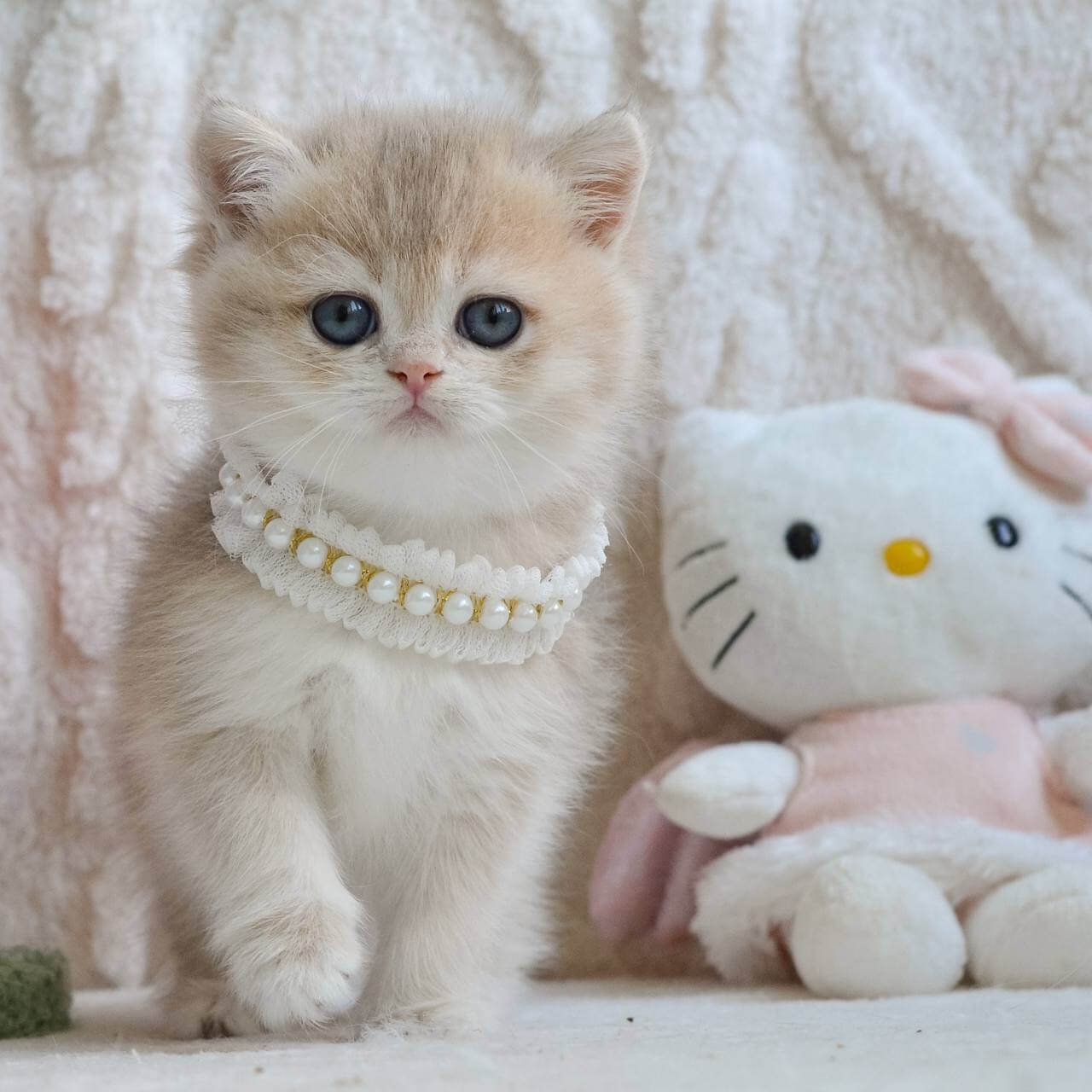
What Influences Their Final Size?
British Shorthair cats become full-sized as a result of a combination of genetic, nutrition, environmental, and health elements. Growth isn’t equal for all cats. Every kitten’s path is molded by its individual cookbook, care and physique requirements. Here are the main factors you need to know:
- Genetics: The size of a British Shorthair is mostly set by its parents. Breed standards give a rough idea of what to expect, but genes decide whether a kitten grows big, stays small, or lands somewhere in between. Sex and litter size matter-males are usually heavier, sometimes by as much as 1 kilogram, and kittens from big litters may be smaller at first. Early neutering can make limbs a bit longer but less muscular.
- Nutrition: A well-fed kitten grows strong. The proper balance of protein, fat, and important minerals such as calcium and phosphorus supports bones and muscles to develop as they should. Malnutrition can stunt a cat’s growth, but excess food will cause the cat to be overweight, which is not the same as a healthy weight.
- Environment: Cats need a safe, calm space to reach their best size. Stress can stall growth whereas play and social time help grow bones, joints, and muscles. Busy, loud neighborhoods or apartments or not having much space to move can hamper their ability.
- Health: Regular vet checks catch issues early. Vaccines and preventative care keep kittens healthy as they grow. Illness or parasites can impede or halt development and disorders such as heart or kidney disease can prevent a cat from achieving its full size.
Genetics
Kittens get a lot from their mums and dads – their body shape, length and bulk. In British Shorthairs, genes determine how stocky or round they get and breed standards from groups like WCF establish a baseline for breeders and owners. Certain lines are built with bigger frames and others run smaller. Markers in DNA can provide clues about size potential, but the kitty’s pedigree usually says the most. Hormonal changes like testosterone cause muscle and a thicker frame to develop, particularly in intact males.
Nutrition
A balanced diet with quality meat protein, good fat and the right minerals allows a kitten to grow to his natural size. Growing cats require more calories and nutrients than adults. Good cat food promotes bone and muscle growth, while bad decisions or meal skipping lead to weak bones or stunted growth. Overfeeding is dangerous as well. A fat cat may seem large, but it’s not really healthy. Providing the correct quantity, at consistent times, and monitoring body condition is essential.
Environment
British Shorthairs thrive when they feel secure, get plenty of play, and can roam. A serene home with room to hide and climb fosters growth and well-being. Stress from loud noises, new pets, or too many people can inhibit development. Kittens that live with loving humans and companions learn more quickly and develop more robust bodies.
Health
Regular inspections detect issues quickly. Certain medical conditions, such as parasites or chronic illness, can impede kittens from achieving full size. Vaccines, good hygiene and prompt treatment for any illness guard growth. Look for slow weight gain, weak limbs, or low energy-these indicate something may be off.
Male vs. Female Growth
Both equally sweet, their build, weight and rate of growth may differ.
Size Differences
Male British Shorthairs are distinguished for their larger physique. They typically hit 30-35 cm tall and 40-50 cm long, with the females being closer to 28-32 cm tall and 38-44 cm long. Males have broader chests, thicker necks and a rounder face–all indications of a solid, muscular cat. Girls seem more polished. Their body is more sleek and their face is a touch more delicate. These size differences aren’t just numbers–they alter the way the cats move and behave. Bigger males can appear more intimidating, but that sweet disposition still comes through. Occasionally, a bigger cat might be more confident around the house, and smaller females can appear more nimble or wary.
| Gender | Height (cm) | Length (cm) | Build | Face Shape |
|---|---|---|---|---|
| Male | 30-35 | 40-50 | Stocky | Round |
| Female | 28-32 | 38-44 | Sleeker | More delicate |
Weight Disparity
Adult males weigh 5-8 kg, females are lighter at 4-6 kg. The perfect top weight for a woman is around 5.4 kg! Genetics, diet and playtime all have a role in these figures. Males, with their stockier frame, put on muscle more quickly, particularly in those first couple of years. Overfeeding or no play can drive cats, particularly males, above good weight. Pounds in check, pounds out – a key for both sexes. A rapid weight increase or decrease can indicate strain or illness. Healthy weight ties to longer, happier lives. Within families, understanding the normal range aids in early identification of issues, and allows you to collaborate with your vet if necessary.
Growth Pace
Males grow more quickly the first months, sometimes up to 750 grams a month. Women are consistent but slower. Both attain the majority of their height and length by 10 months. Full muscle and bone growth, however, can continue until age 3-5. Some late bloomers can even continue until they’re five. ALL kittens are different-some grow up quick, some grow up slow. Monitoring weight and size month by month assists in identifying growth spurts or slowdowns. Kittens increase roughly 10% of birth weight every day, a rate that requires monitoring as consistent growth is an indicator of good health.
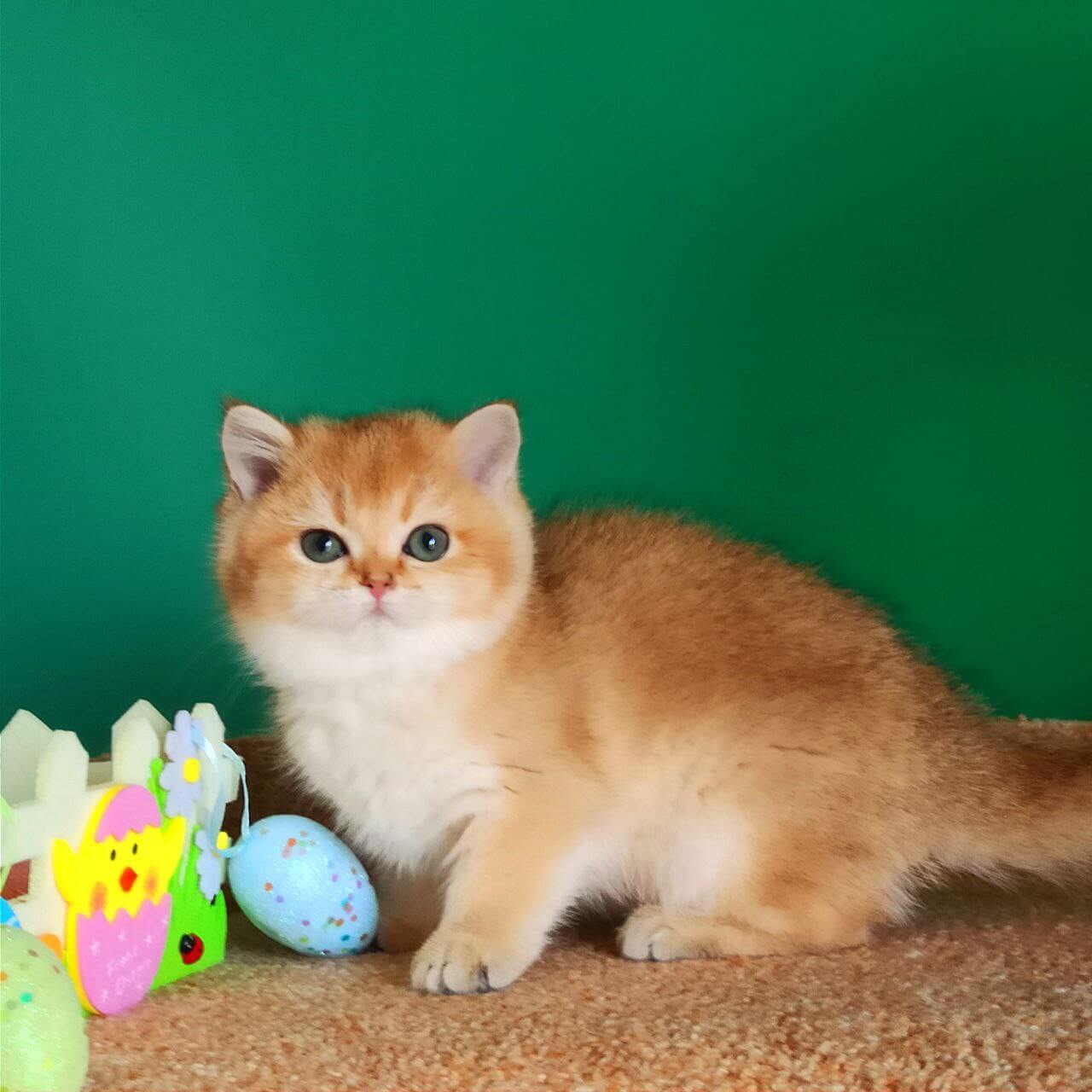
Beyond the Scale: True Maturity
Maturity in British Shorthairs is about much more than their scale or stature. True maturity mixes body, mind and emotion. It sculpts how a cat lives and connects with humans. Their physical growth will begin to taper off 12 to 14 months, but the full canvas of their maturity doesn’t come into view until much later.
Physical Growth
Grown up British Shorthairs exhibit a wide chest, strong legs and a circular face. Their size at 12 to 14 months can be deceiving – muscle mass and bone density continue to develop for years. By 3 to 5, the majority will have that trademark thickset frame and solid sensation when you lift them up.
Their jacket describes a story as well. Initially, the fur might feel soft but sparse. As it ages, the plush, dense coat becomes more pronounced-an iconic characteristic of the breed. A grown British Shorthair’s coat is nearly velvety to touch–distinct in color and radiantly shiny–indicating good health and attention. These physical characteristics manifest differently based on genetics, diet and daily habits.
Mental Development
Cognitive maturity is more than mastering elementary truancy or litter habits. As British Shorthairs mature, they begin to exhibit more acute problem solving abilities. You might observe a young cat becoming bored of toys with startling speed, as a mature feline works out puzzle feeders or develops habits around the home.
Doing things like waiting at the door at the same time every day, or recognizing the rattle of a treat jar are positive indicators of mental development. This phase emphasizes the requirement for mental exercise-lack of it, and even placid kitties become restless. Puzzle toys, training, and roughhousing keep their minds engaged.
Social dynamics change as well. Young cats could be timid or erratic. As they grow into adults, British Shorthairs become more consistent and develop distinct favorites in people, schedules and silent nooks.
Emotional Maturity
Emotional maturity defines the British Shorthair’s connection with family and other animals. As a mature cat, she’s always looking for company, but not neediness. They can read a room-attuning to nestle beside you when you’re tranquil, or back off when it’s loud.
You’ll experience an increase in consistent love, from slow blinks to head kisses. Trust increases with age, particularly if you honor their boundaries and create a safe space.
Deep friendships forged at this stage tend to be lifelong. Firm routines, tender nursing and light handling assist in developing this emotional aspect. Cool-headedness is something mature British Shorthairs excel at, making them great family and quiet home cats.
How to Monitor Their Growth
Monitoring their growth allows you to catch health concerns early and guarantee proper development. Because this breed matures slowly (and is full size between 3-5 years), monitoring growth is essential throughout.
Regular Weigh-ins
Monthly weigh-ins provide a nice snapshot of your cat’s growth. Regularly monitoring weight allows you to detect rapid increases or decreases, which may be indicative of health problems. In the case of kittens, daily weigh-ins for the first few weeks is best, because healthy kittens put on roughly 10% of their birth weight each day and double it by week one.
Use a digital baby scale for accuracy. Weigh at the same time of day and record the numbers. For British Shorthairs, kittens typically weigh 0.5–1 kg by eight weeks, while adults can reach 4–8 kg depending on sex and genetics. Fluctuations outside these ranges may need a closer look or professional advice.
Body Condition Score
- Ribs are easy to feel but not see.
- Waist is visible from above.
- Abdomen tucks up behind ribs, side view.
- Coat is shiny, not greasy or patchy.
- Muscles are firm, not soft or wasted.
Body condition scoring (BCS) provides a practical means of determining whether your cat is underweight, overweight or just right. The optimum BCS is 4–5 on a 9-point scale. This score indicates that your cat has a healthy fat covering and good muscle tone. A good BCS promotes a vigorous immune system, maintains healthy joints and extends your cat’s lifespan. Bad body condition can cause diabetes, arthritis or heart issues as your cat grows older.
Veterinary Check-ups
Regular vet visits are the cornerstone of effective growth monitoring. At the clinic, your vet measures weight, body condition and muscle condition score (MCS). They watch for consistent growth, even musculature and a good coat. Exams encompass teeth, heart and joints, all connecting to growth and wellness.
Your vet applies his or her expertise to detect issues you may overlook, such as early-stage kidney impairment or subtle muscle wasting. They provide diet and lifestyle tips, for the British Shorthair’s slow, steady growth. Trusting your vet and following up on their advice makes a big difference in your cat’s health over time.
How Do They Compare to Other Breeds?
British Shorthairs are especially noted for their slow yet steady growth, attaining full size at around three years old. Most other breeds, such as Siamese or Bengals, mature sooner – themselves often by their second year. British Shorthairs are hard to miss with their round face, dense plush coat and robust physique. They appear robust but not ferocious, with a well-developed chest and stubby limbs. Not like the long, lean build of breeds such as the Oriental Shorthair, British Shorthairs appear more solid and chunky.
Here’s a quick comparison table comparing British Shorthairs with Bengal and Savannah cats in terms of size, weight, and other important characteristics.
| Breed | Mature Weight (kg) | Mature Length (cm) | Coat Type | Energy Level | Lifespan (years) | Vocality | Personality |
|---|---|---|---|---|---|---|---|
| British Shorthair | 4.5 – 5.4 (F), 5.9 – 7.7 (M) | 56 – 64 | Short, dense | Low | 11.8 – 12.5 | Low | Calm, affectionate |
| Bengal | 3.6 – 5.4 (F), 4.5 – 6.8 (M) | 45 – 55 | Short, soft | High | 12 – 16 | Moderate | Active, vocal |
| Savannah | 5.4 – 8.2 (F), 6.8 – 9.1 (M) | 55 – 70 | Short, coarse | Very high | 12 – 20 | Varies | Energetic, curious |
British Shorthairs are peace-loving, tender and laid back. They remain more chilled than hyper breeds like Bengals or Savannahs. Bengals and Savannahs may love to jump, run, and play, but British Shorthairs are content with short bursts of play and lots of napping. This, in turn, makes British Shorthairs a good match for families or individuals who want a laid-back, low-maintenance kitty. Their low energy means you won’t have to stress about them becoming bored or destructive if you work long days.
Speaking of care, British Shorthairs have a head start. Their dense but short coat requires just weekly brushing – not daily like long or double coated breeds. They shed less, which makes them easier to maintain. Savannahs and Bengals may require additional grooming, particularly if they possess heavier or longer hair.
British Shorthairs, in addition to being easy to care for, are a healthy breed. They are less susceptible to genetic issues, which bodes well for new owners who desire a felid with reduced health concerns. They have a relatively long life for a breed, with an average lifespan of around twelve years. Bengal and Savannah cats can live a bit longer, but their spunk and special needs may result in more vet visits.
Knowing these breed differences assists families in selecting the appropriate cat for their lifestyle. If you want a low-maintenance, calm, and quiet cat, the British Shorthair is probably the best fit, particularly in homes with kids or those who would like a cat that’s easy to cohabitate with.


